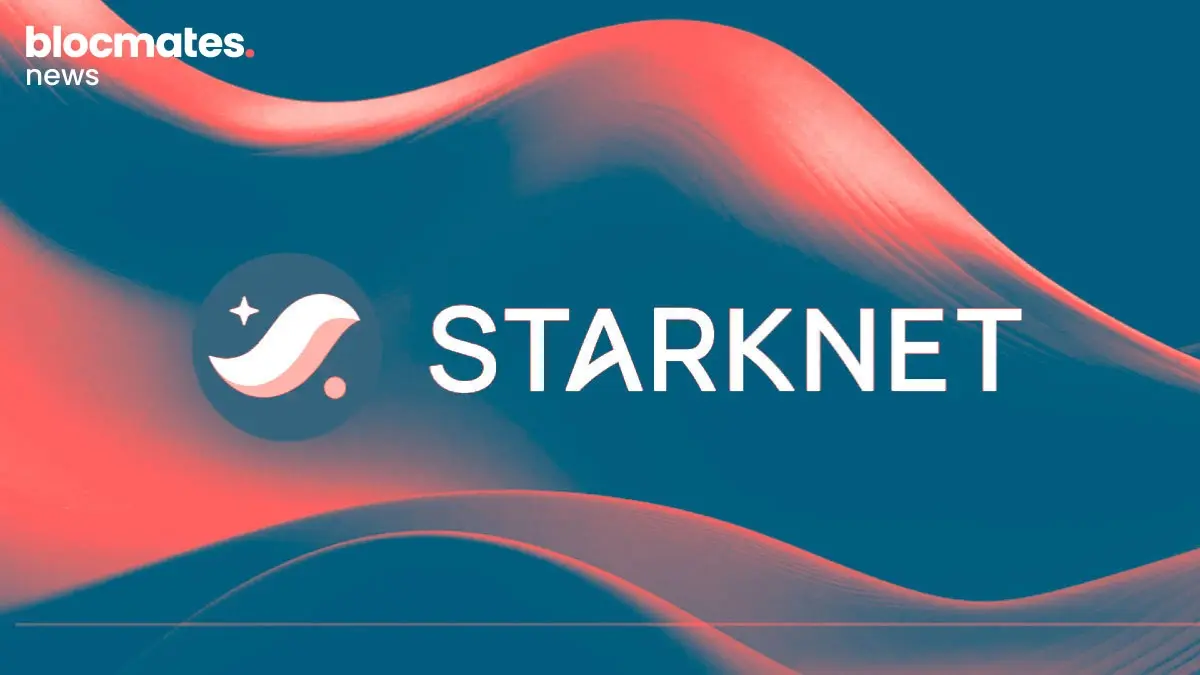Introduction to Handle.fi
If you have a basic understanding of financial markets, yes we are talking Markets 101, then you may have heard of foreign exchange trading or forex trading for short. It’s a market where various fiat currencies can be traded.
Forex is the largest financial market in the world. I'm serious, it is humungous! Estimates suggest that on average there is around $6.6 trillion (gulp) in trades taking place every day. In 2022, estimates suggest that the total market cap of the forex market is around $2.4 quadrillion.
To put that into perspective, the total market cap for crypto at the time of writing is around $1 trillion. So that means 6x the amount the entire crypto industry is worth is traded in just one day of forex trading while having a market cap that is 2400x larger.
Stablecoins proved to be the way for cryptocurrencies and fiat currencies to meet. However, no stablecoins other than USD-pegged stablecoins have really managed to pick up steam. Now that the amount of active participants in the crypto ecosystem has increased. The demand for more stablecoin options has also increased since this is a truly international market.
With that, the potential to create a DeFi native forex market has emerged.
DeFi and FOREX
The primary benefit of this is to eliminate foreign currency risk in a DeFi-native way. As mentioned before, the only real option that people have in terms of stablecoins is USD-pegged stablecoins. However, what if people want to take part in DeFi activities but do everything in their local currency to avoid excess conversion fees and general foreign currency risk.
This is now possible with Handle.fi - Users can settle trades in their local currency, borrow against their crypto assets in their local currency, access leverage in their local currency, and yield farm in their local currency.
Other than this it also provides another way to make a profit. Users can use the leverage products to either speculate or hedge using these multicurrency stablecoins, and they can also earn arbitrage profits through redemptions.
Okay, so all of this is well and good, but how does the protocol actually work?
Without further ado, let's get into it.
What is Handle.fi

Handle.fi is a protocol that allows users to trade, swap, borrow, and earn using the multi-currency stablecoins that are on offer. The protocol is currently live on Abritrum, Polygon, and Ethereum with integrations on more chains expected very soon.
The stablecoins are called fxTokens and are collateral backed. In order to mint a fxToken, users will have to over-collateralise their ETH. Although ETH is the only accepted collateral initially, there are plans to accept more forms of crypto collateral including wBTC and DAI.
The protocol plans to eventually become an all-encompassing multicurrency protocol, but for the time being, they will start off with only 10 currencies. These include:
- fxUSD (US Dollar)
- fxAUD (Australian Dollar)
- fxGBP (British Pound)
- fxCAD (Canadian Dollar)
- fxCNY (Chinese Renminbi)
- fxEUR (Euro)
- fxJPY (Japanese Yen)
- fxPHP (Philippine Peso)
- fxSGD (Singapore Dollar)
- fxCHF (Swiss Franc)

As stated earlier, in order to mint any of these fxTokens, one needs to provide collateral. This collateral is deposited into vaults. Each vault is responsible for minting only one type of fxToken and users can have multiple vaults active at one time. Although each vault only mints one type of fxToken, they will accept multiple forms of collateral (i.e. multi-collateral vaults) to allow users to diversify the risk attributes of their collateral.
The reason you would want to diversify your collateral is due to the risk of liquidation. The vault has a bunch of different metrics they use to calculate the risk of a vault's collateral.
They look at interest rates, liquidation triggers, and the maximum fxToken minting limit. However, the most important of them all is the minimum c-ratio
c-ratio is the collateral ratio. Depending on the assets in the vault as collateral, each vault has a different minimum c-ratio which the vault can hit. If it goes below, then the collateral gets liquidated.
The liquidation process has two phases. Once the collateral goes under the minimum c-ratio, the vault is declared ‘at risk’ or ‘underwater’. In this phase, any other fxToken holder can make a redemption call. They simply burn their fxToken and receive an equal amount of protocol collateral in return. The vaults that are at the highest risk will have to deliver the collateral first and will have to deliver it from their largest holding.
However, if this is not sufficient to prevent liquidation and the c-ratio falls below the ‘liquidation trigger’ then the liquidation process of collateral will begin. Starting with the largest positions, a sufficient amount of collateral is sold until the vault is back to the required c-ratio. The vault is charged a liquidation fee which is distributed to the fxKeeper pools that funded the liquidation.
This is a partial liquidation mechanism which ensures that a user doesn’t forfeit more collateral than is required.
As mentioned above, Keepers are an important part of the liquidation process. Keepers are essentially a party that is given a pre-defined set of conditions which when met will automatically execute the smart contract. The monitoring and automation of this logic is conducted off-chain, so it is cost-efficient.
The fxKeepers are built in partnership with Chainlink, one of the best keeper providers out there at the moment. The keepers work through fxKeeper pools. Ecosystem participants can stake tokens with these pools for a reward. Once the liquidation trigger is hit, the fxKeepers automatically execute the liquidation using the staked tokens. Stakers in the fxKeeper pools receive a proportionate share of any of the profit that is made from the liquidation.
Another major part of the Handle.fi protocol is the redemption facility. Any fxToken can be redeemed for protocol collateral at a 1:1 ratio. The main purpose this facility serves is to ensure that the peg of the fxTokens is maintained. Any time there is a depeg, users are incentivised to redeem since there is an opportunity to make a profit off arbitrage. So redemptions ensure that the fxTokens maintain the peg while ecosystem participants make a profit.
It is also worth noting that in the future they will be introducing protocol-controlled value (PCV). They will essentially use the staked collateral and tokens as PCV which will allow them to generate extra yield for their users.
So to summarise, there are 7 key functions that can be performed by users on Handle.fi.
Users can mint fxTokens by depositing collateral and recover their collateral by burning their fxTokens. Once the tokens are in circulation, users can trade these fxTokens against one another. What goes hand-in-hand with trading is that users can also simply convert if they want to participate in DeFi in their local currency.
Once users have their fxTokens, they can either redeem them for protocol collateral in an attempt to make money off arbitrage or they can stake their tokens to earn a certain reward in the form of fees collected by the protocol. Lastly, the native token or the fxTokens can also be used in the Handle Multichain Bridge where they can rapidly bridge their tokens between Arbitrum, Polygon, and Ethereum.
Users can enjoy all of this on mobile as well as desktop.
Although this is a high-level overview of how the protocol functions. There is a lot more that goes on under the hood which is worth knowing. Specifically with the fees and the contracts.
So let's get into it.
Handle.fi Contracts
The protocol consists of 7 contracts in total. 4 core contracts and 3 additional contracts.
The first contract is the Handle contract. It is responsible for storing all the main data and configurations of the protocol as well as holding a reference to all the other contracts in the protocol.
The Treasury contract enables the deposit and withdrawal functions in the vaults. It also holds all the protocols tokens because as the name suggests, it’s the contract that controls the treasury.
The Comptroller contract provides the mint-and-burn function for the vaults.
The VaultLibrary contract is the contract that is directly linked to the protocols dashboard. It calculates and collects the different types of vault data such as the collateral ratio, exchange rates, weighted fees, the ETH value of collateral/debt and much more. It then displays that data on the dashboard.
Now let's take a look at the 3 additional contracts.
As the name suggests, the Interest contract keeps track of interest rates and time passed. The interest rates are also adjusted and updated using this contract.
The collateral health contract contains a liquidator contract (basically the Keeper) which is responsible for liquidation and redemptions. It indexes vault and collateral data that is relevant to liquidations and uses that data to execute the liquidations. It is an off-chain liquidation bot.
The Protocol controlled treasury contract is responsible for interacting with external protocols on which they will execute different strategies to earn interest using the tokens and collateral that is staked in the protocol.

If you like this kind of content, please consider subscribing to our newsletter The Ape Enclosure. It is all of this good stuff and more for FREE: https://blocmates.substack.com/
Handle.fi Fees
Fees are the way for the protocol to generate revenue which is either redirected to the treasury or proportionally distributed to shareholders.
The first way they generate fees is through convert/trade. Each type of trade has a different fee assigned to it. Swapping for the same currency stablecoins has a fee of 0.04%, and trading a multi-currency stablecoin pair or an ETH/fxToken pair has a fee between 0.10%-0.30%. Lastly, converting fxTokens to any other ERC-20 has a standard fee of 0.30%.
The other fees come from interest rates. Since users essentially create a collateralised position by minting fxTokens, there is an interest rate that is charged, This interest rate is a major part of the revenue generated by the protocol. This interest rate is variable depending on the vault.
The third and final method is liquidation fees. When a vault gets liquidated, the user is charged a liquidation fee by the protocol because they automatically execute the liquidation through the keepers. This fee is also variable and is distributed to stakers in the fxKeeper pools.
Tokenomics
The native token for Handle.fi is FOREX. It is a governance token which is mainly distributed through rewards.
Apart from staking rewards and other forms of fee redistribution, users can also earn FOREX by participating in the protocol-incentivised activity.
The first one is Protocol Incentive Experiments or PIEs for short.
https://twitter.com/handle_fi/status/1579984272689336320?s=20&t=1RmtGzvDZ6nvBVug6TG9Kg
PIEs can be thought of as bounties, but bounties are focused on growing a community rather than doing something specifically on the project.
Examples of PIEs include retweeting community content, creating Handle.fi specific memes, adding (42, 🦍) in your username, producing informative and educational content regarding HandleFi, referring new people to the discord, engaging in the community conversation in the discord, and exchange tokens using handle convert.
All of these activities entitle users to earn FOREX tokens.
https://twitter.com/handle_fi/status/1580045595808567296?s=20&t=1RmtGzvDZ6nvBVug6TG9Kg
While the PIEs are focused on growing the community, the Protocol Earning Program or PEPs for short are focused on encouraging protocol and token usage. Users are basically rewarded for using their FOREX tokens as well as using the fxTokens in all the different ways the protocol allows.
The overall goal for PEPs is to grow protocol TVL, create positive dynamics for FOREX, encourage protocol usage, and encourage fxToken minting, liquidity and utility.
FOREX Distribution:
Total Supply: 420,000,000 FOREX will be minted across an initial 182-week period, after which there will be an annual inflation rate of 2.1%.
- 41.1% - Protocol rewards
- 26.9% - Strategic partners
- 22% - Team
- 5% - community TGE
- 5% - Handle DAO and community rewards

FOREX Vesting:
Only the tokens for the team and strategic partners are vested.
Seed round makes up 20.2% of the total supply. For them, 10% will be vested at TGE with the remaining tokens unlocking equally every month across 12 months.
The strategic round which makes up for 6.7% of the token supply has 25% vested at TGE while the remaining will unlock equally across 12 months.
The team and advisors have 22% of the token supply. For them, 3 months after the TGE will be a 10% vest after which the remained will be unlocked equally across 18 months.
Before moving on, it is worth mentioning that Handle.fi has also implemented a vote-escrow mechanism for the FOREX token. veFOREX gives users the ability to participate in protocol governance while also entitling them to boosted rewards from the FOREX emissions.
A little added bonus feature is that Handle.fi minted two different NFTs. The first one was in celebration of the TGE where users who contributed over 1 ETH in the TGE and still held their tokens were eligible to get the t0-Troopers for free.
The second one was the founding trooper-forex coin NFT mint which was made to celebrate the TGE and mainnet launch. Only approved PIE contributors were eligible to win these NFTs.
Handle.fi Community (42, 🦍)
The Handle.fi community is currently 5.78K strong on discord and 3k strong on Telegram. They refer to themselves as troopers and are all very committed to the success of Handle.fi. Although activity in the discord has recently slowed down given the bearish market conditions, there are still some strong believers that are active and in high spirits. They are constantly posting memes and jokes to keep the mood positive while also talking about protocol-specific things. The majority of conversation recently seems to revolve around the PIEs and PEPs that the community members participated in.
Although there is no information regarding the team, they do come across as helpful and are very prompt when it comes to community questions.
Conclusion
Handle.fi is filling a niche in DeFi that very few projects have looked at. They are trying to combine the largest financial market in the world with the accessibility and open nature of permissionless DeFi. If successful, they can onboard a whole new wave of DeFi participants. For this to happen, it is crucial that they nail the UI/UX.
My first impressions of the protocol show that the UI/UX is decent. It is not the best but has consistently been improving which is the most important.
They even made it possible to trade directly from mobile which is such an overlooked aspect of adoption.
https://twitter.com/handle_fi/status/1580498260397297664?s=20&t=1RmtGzvDZ6nvBVug6TG9Kg
The main cause for concern here is regulatory issues. Stablecoins are currently being targeted by governments around the world. For a protocol that has multiple different stablecoins operational on it, navigating through the regulatory minefield could be difficult.
However, if they figure that out, then Handle.fi is on track to become a serious contender within DeFi.
Handle.fi links - https://linktr.ee/handle.fi






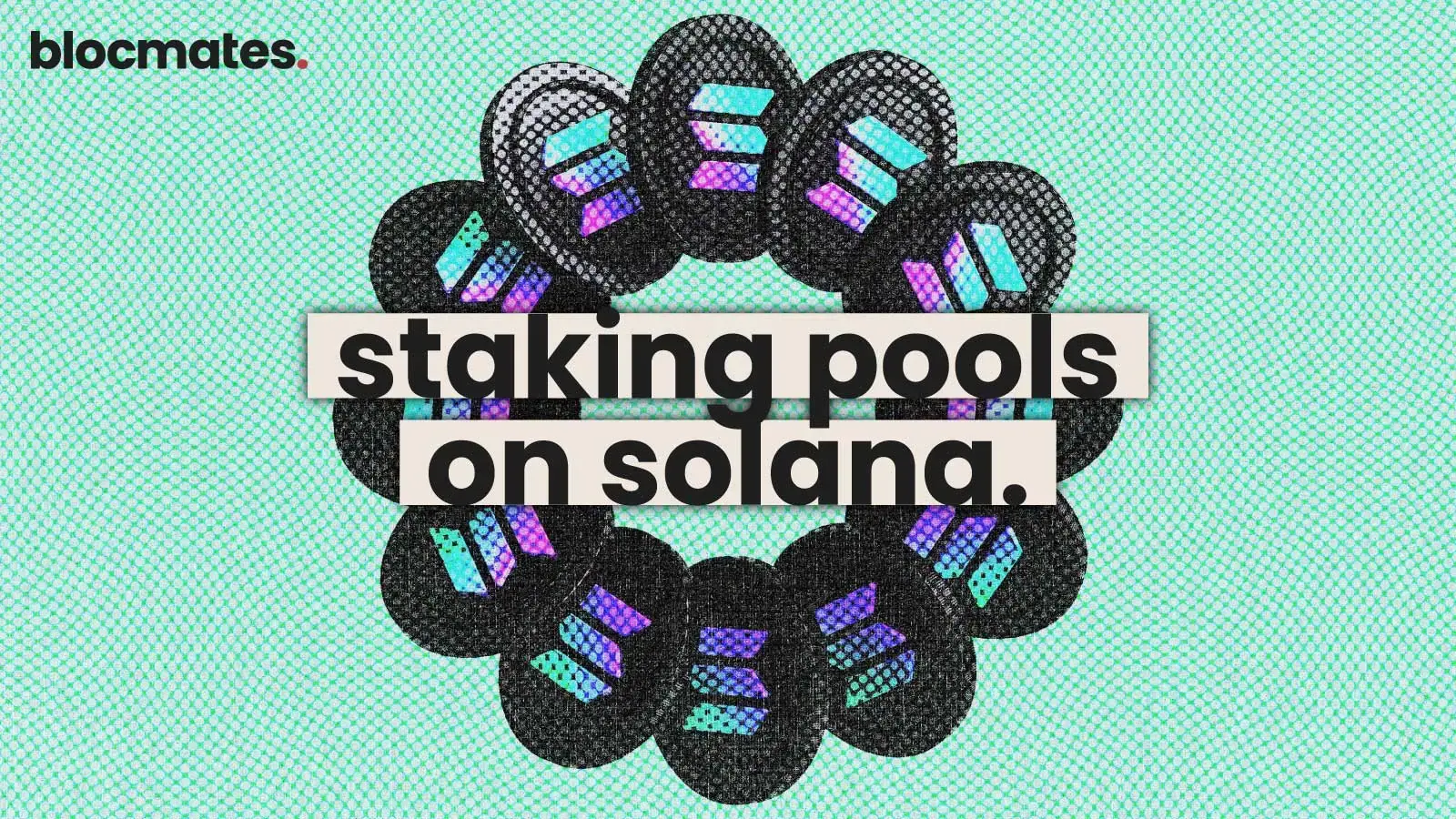





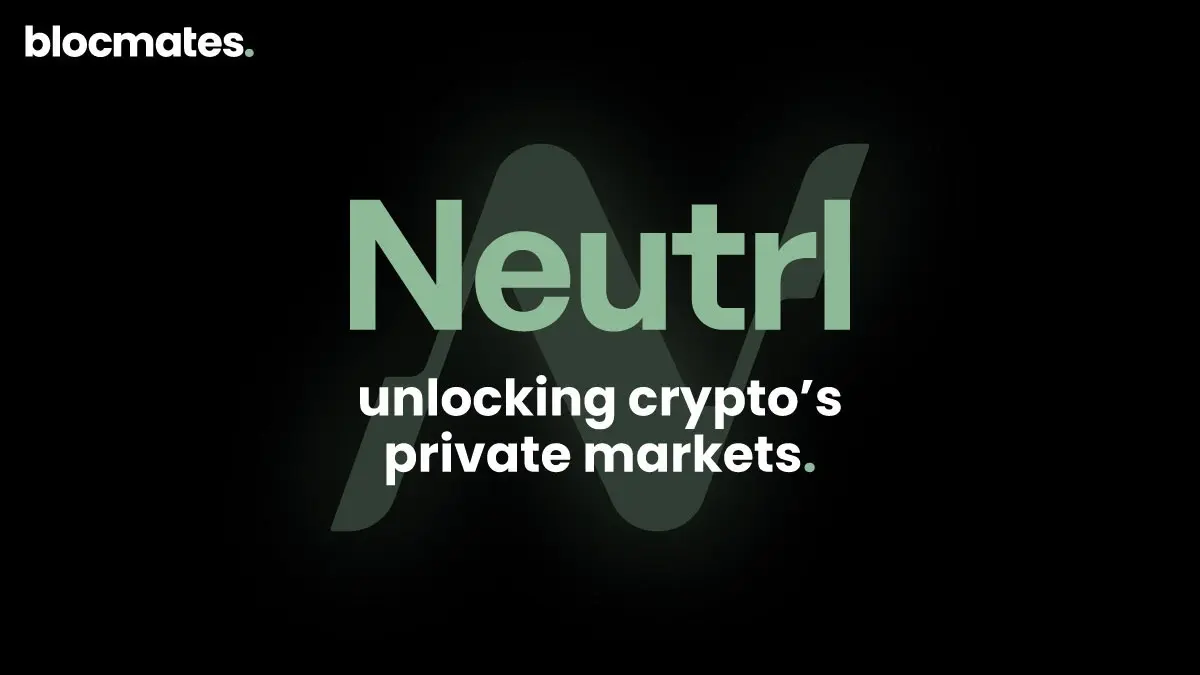


.webp)

.webp)
.webp)
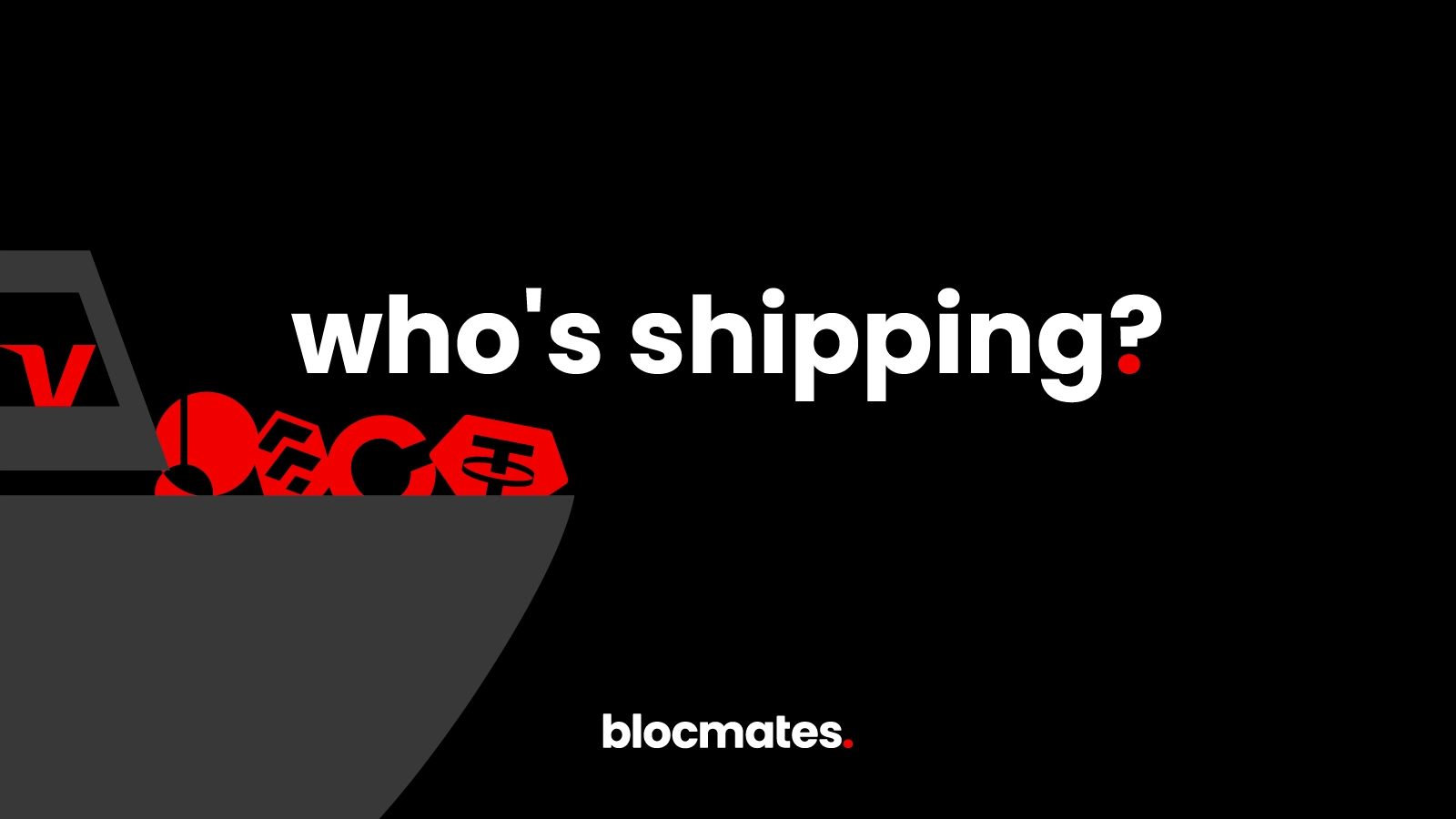
%20(1).webp)
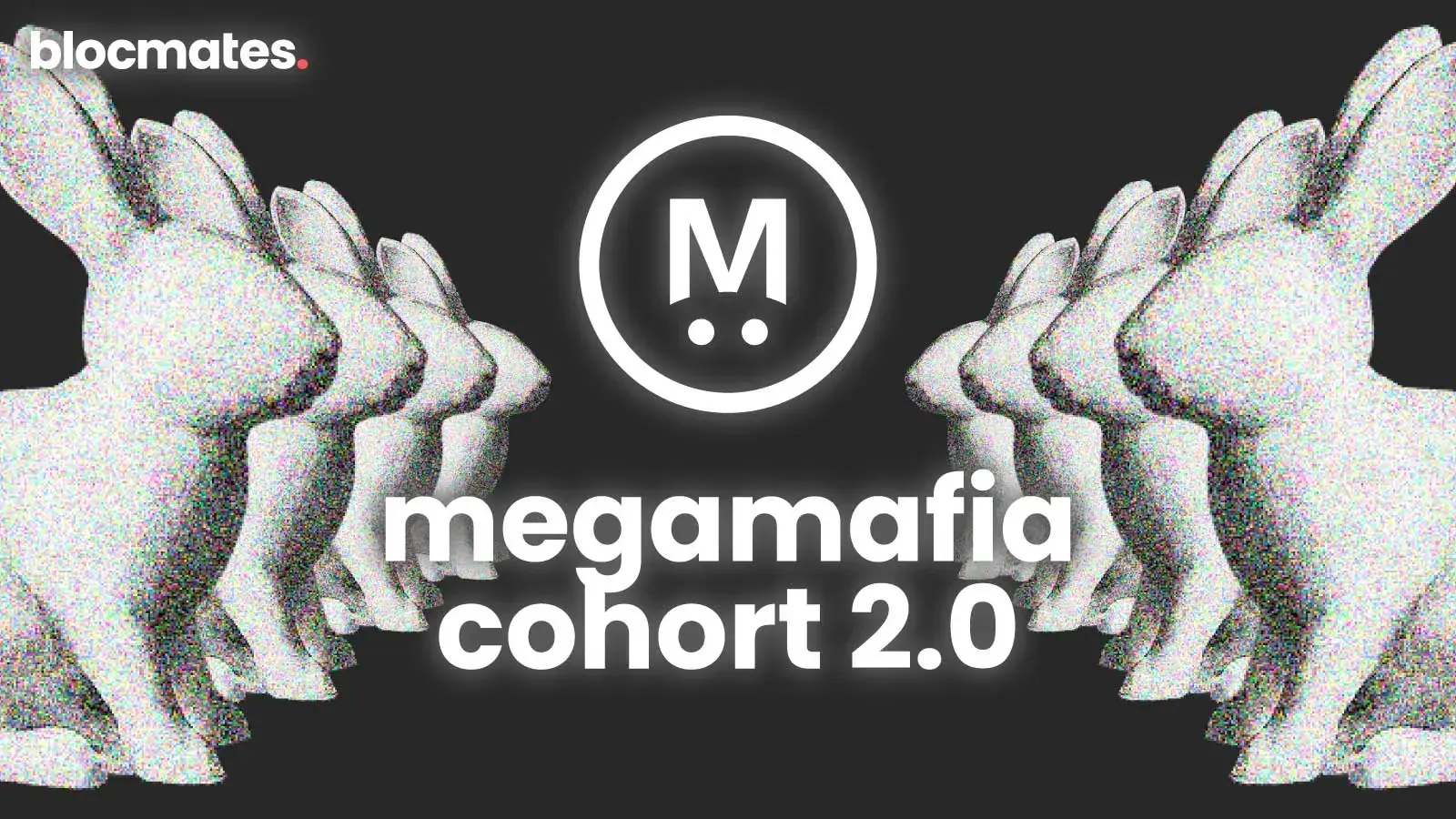
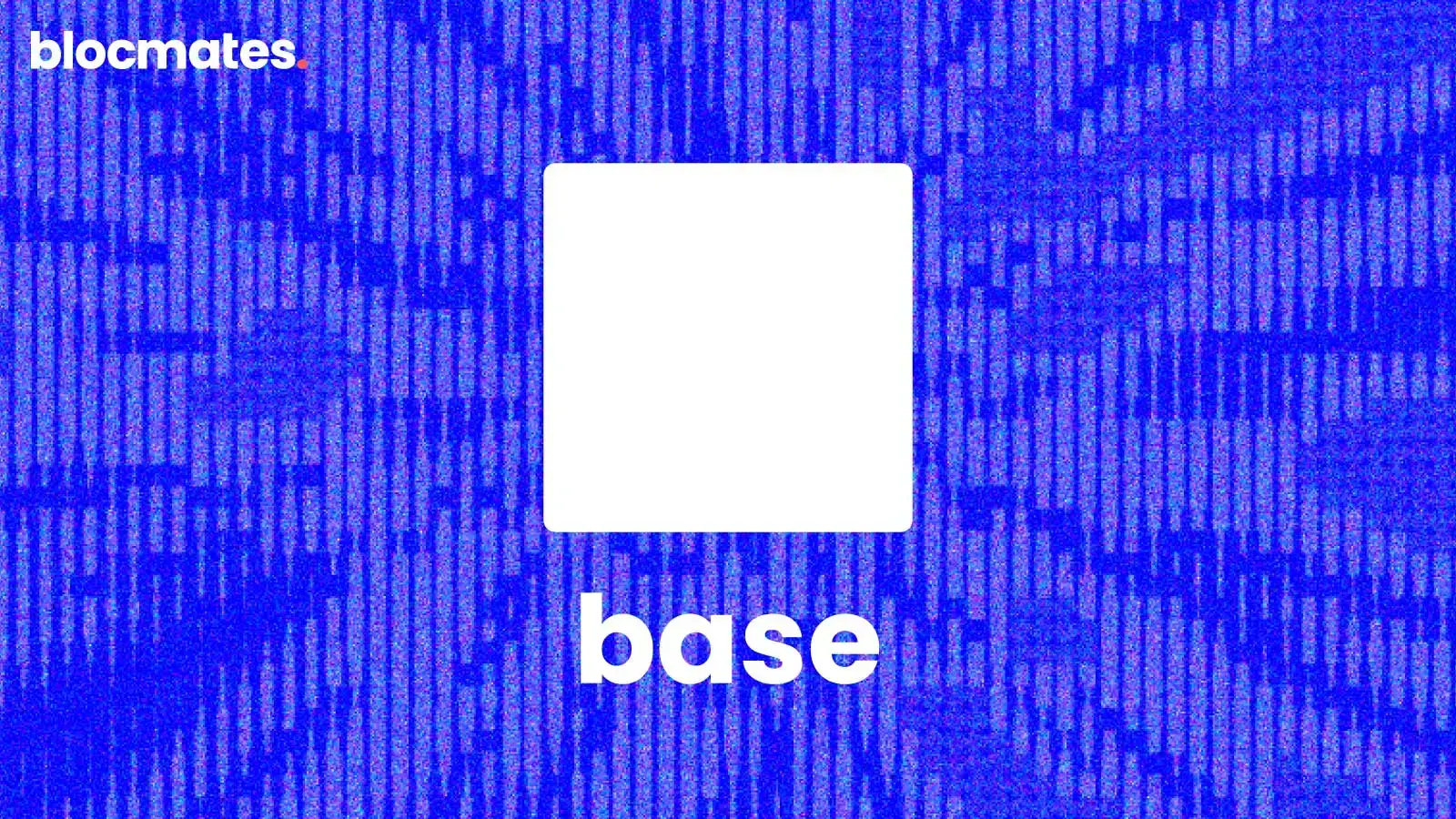
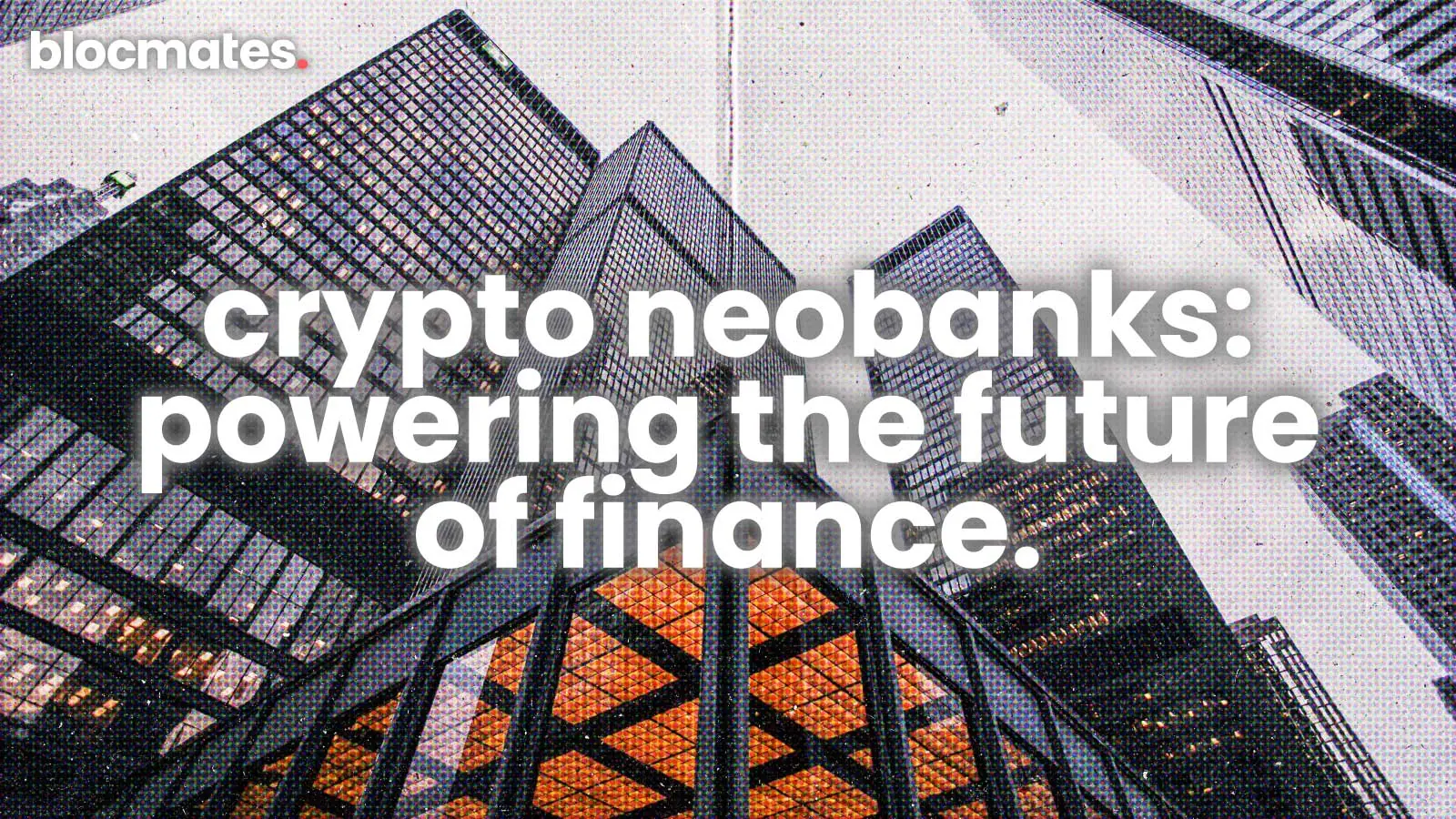


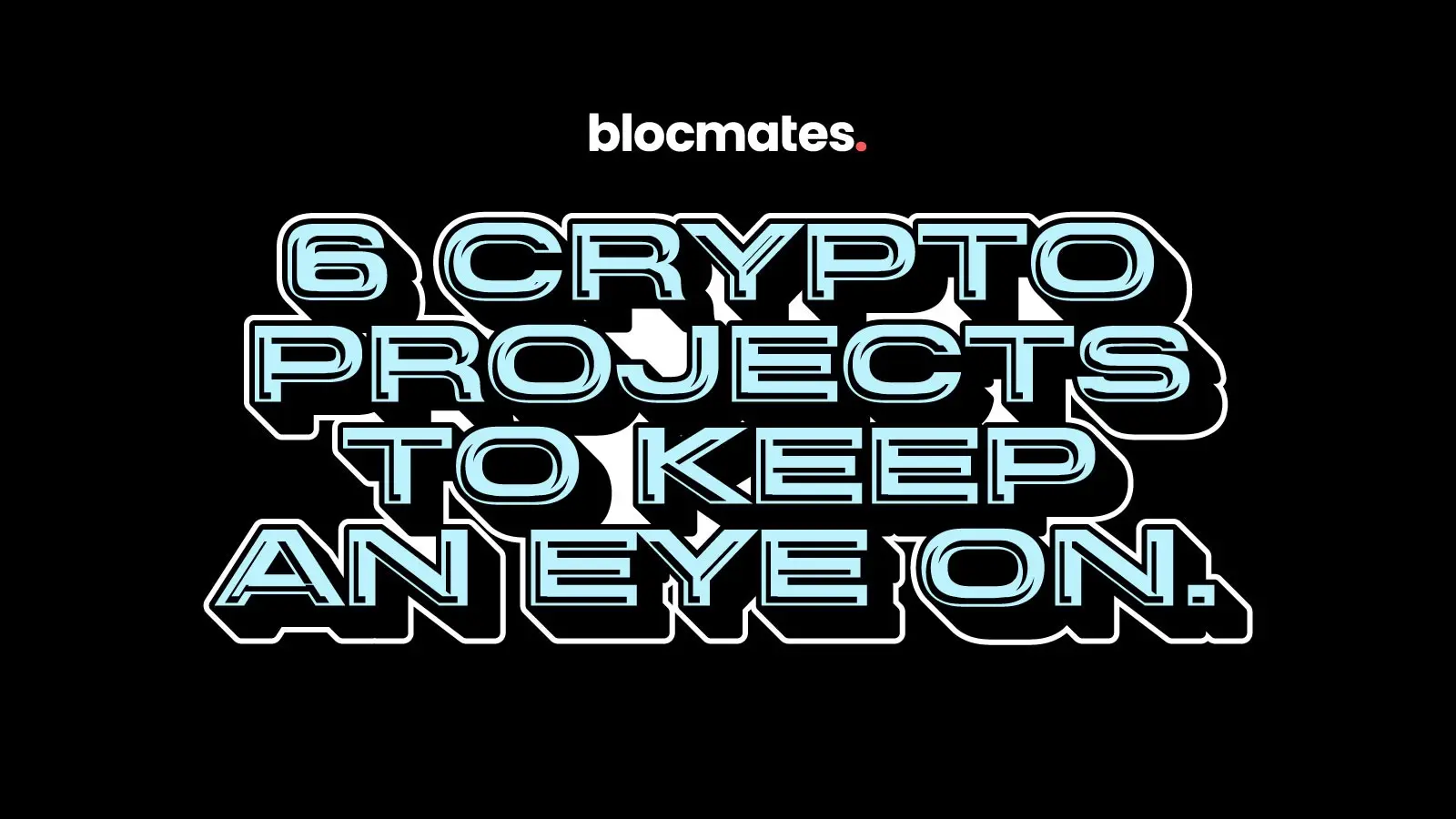
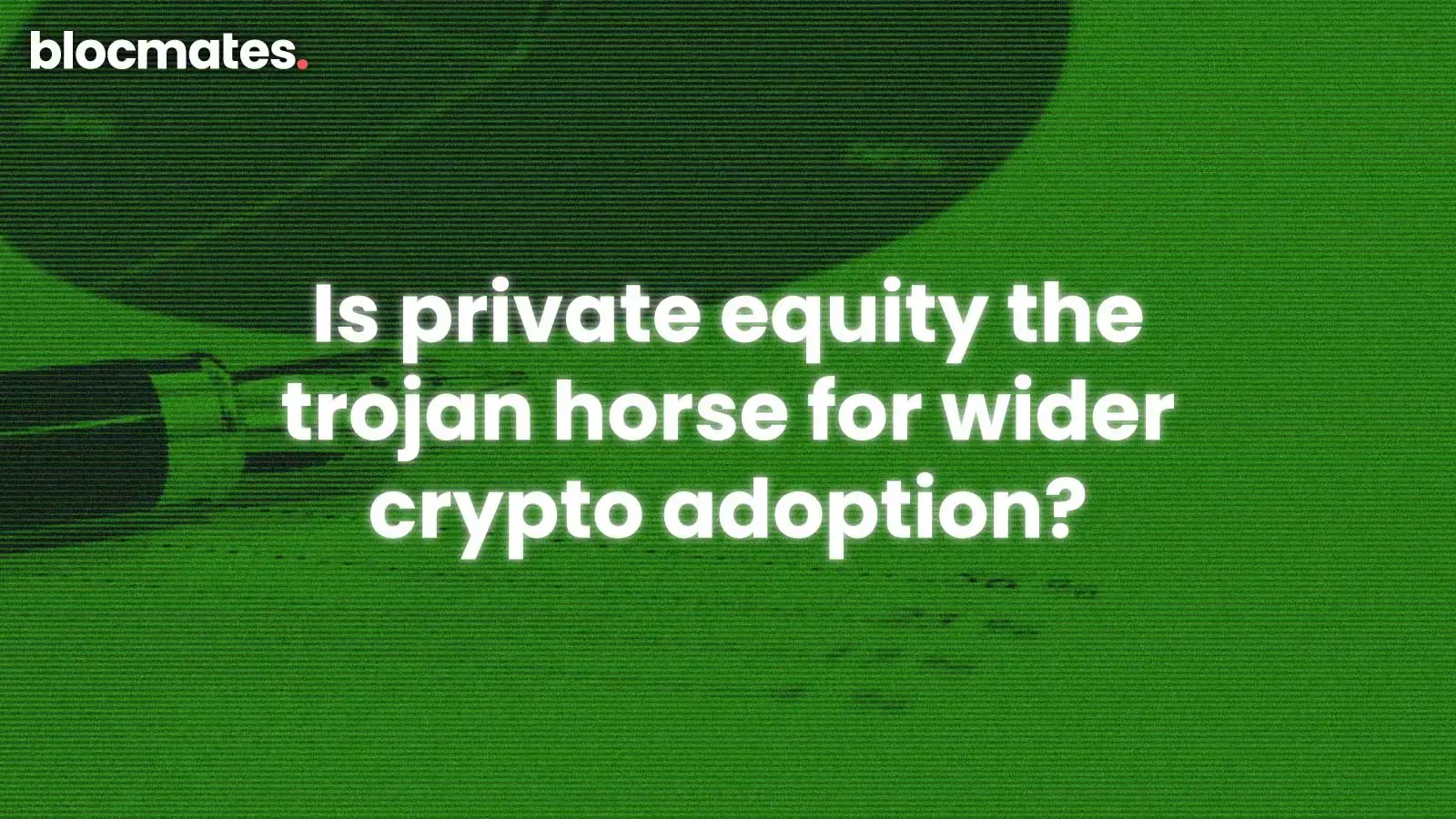
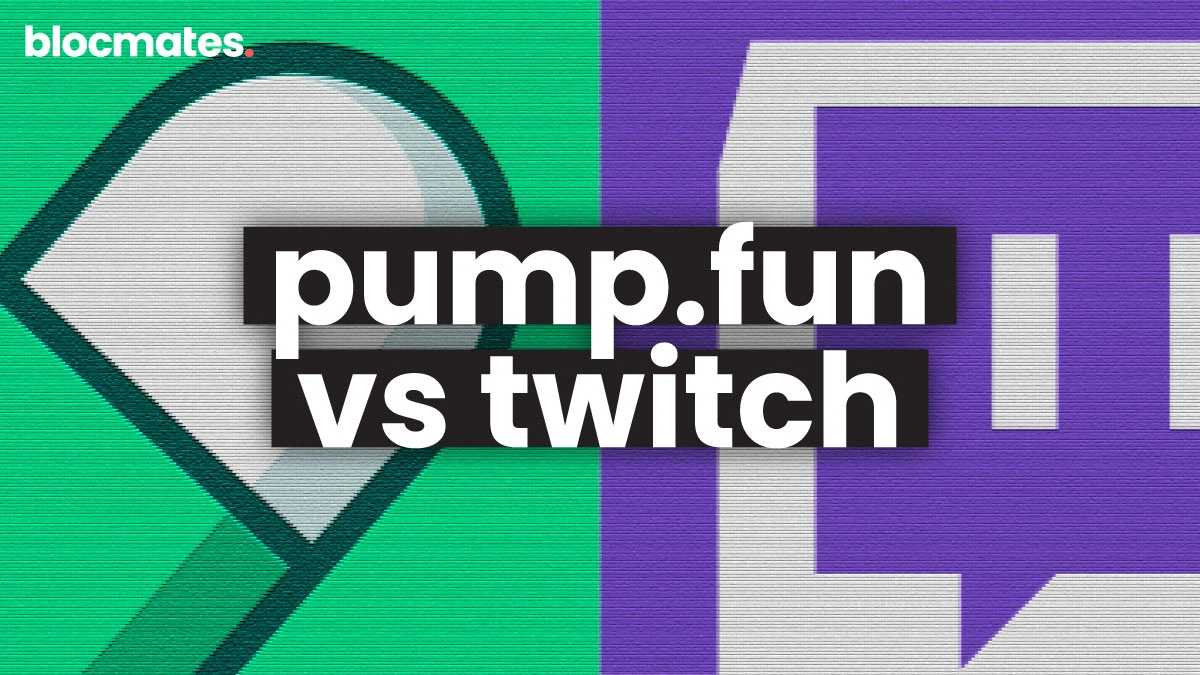

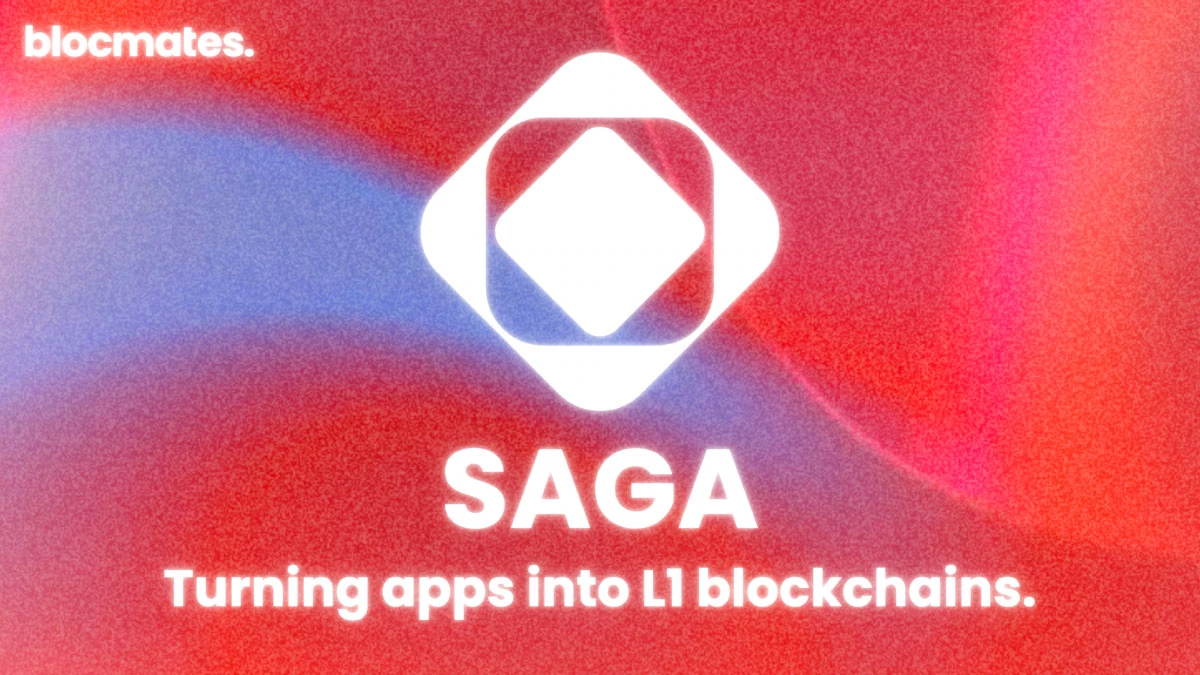


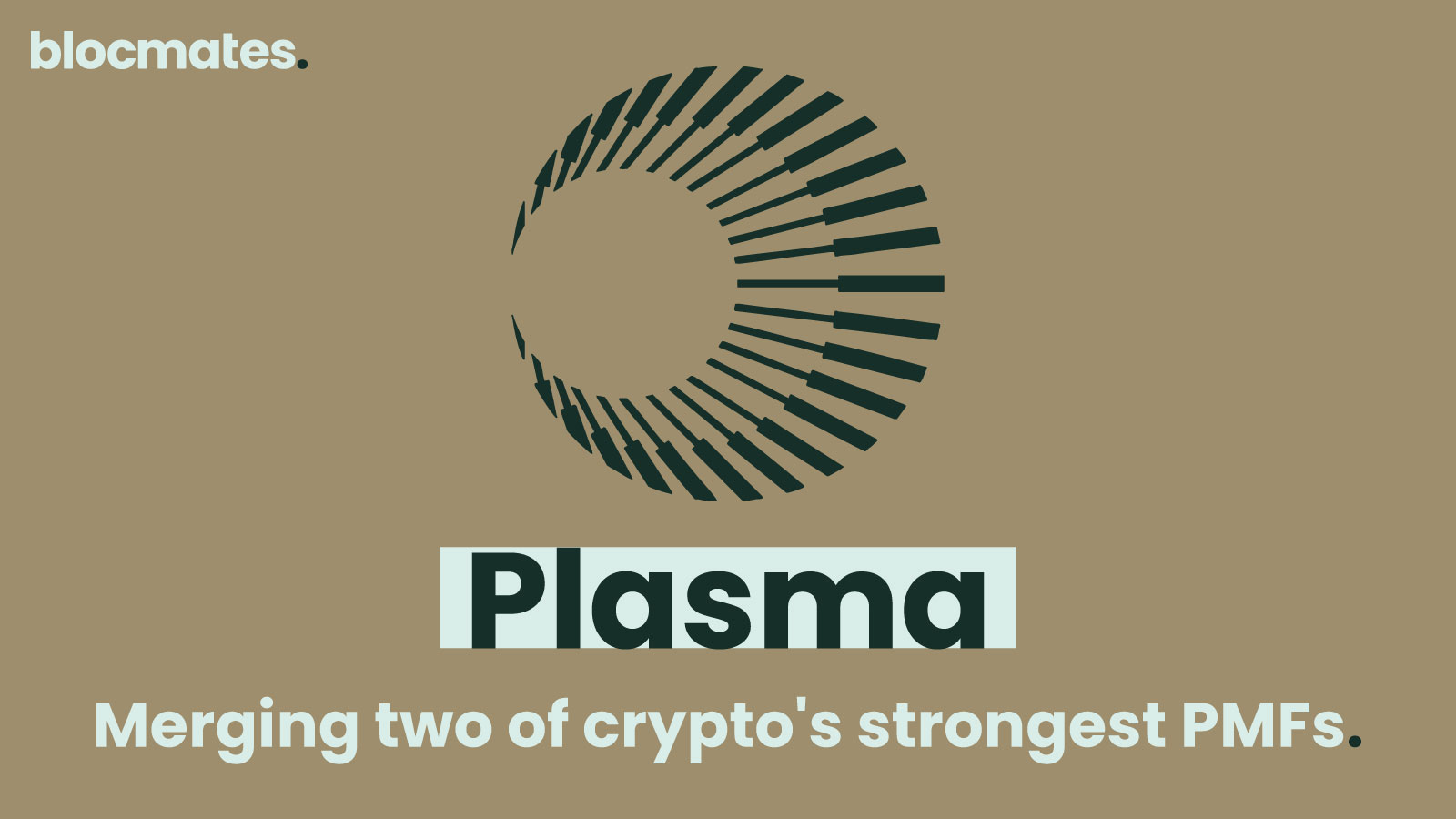

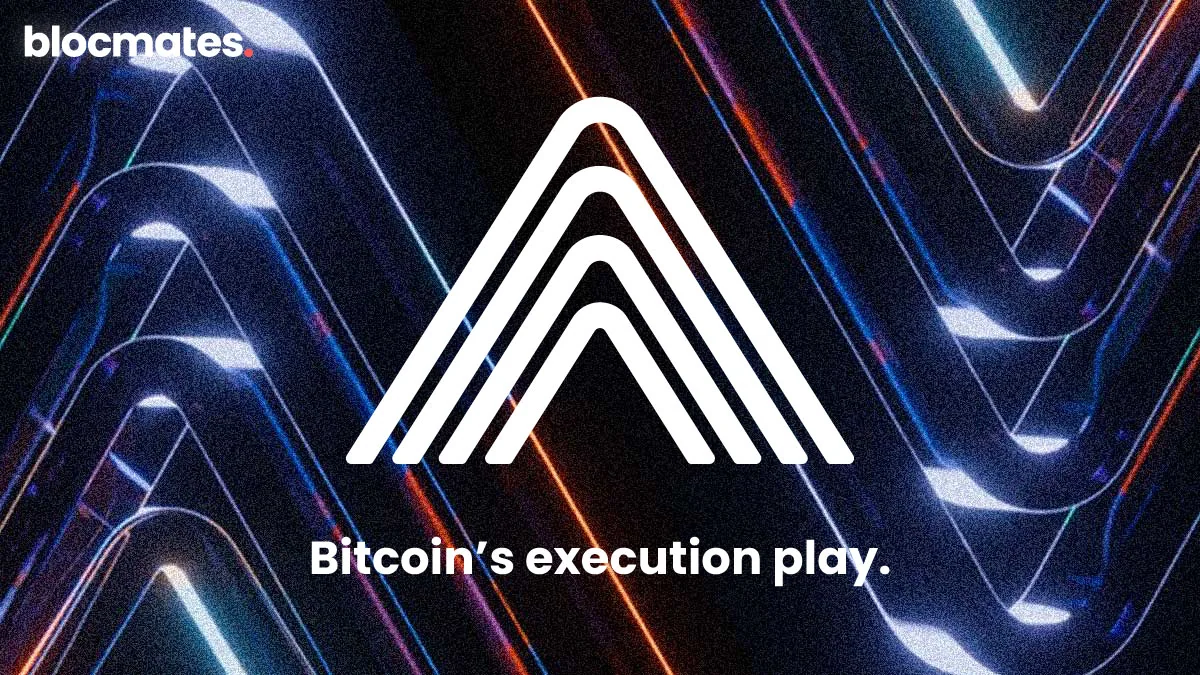

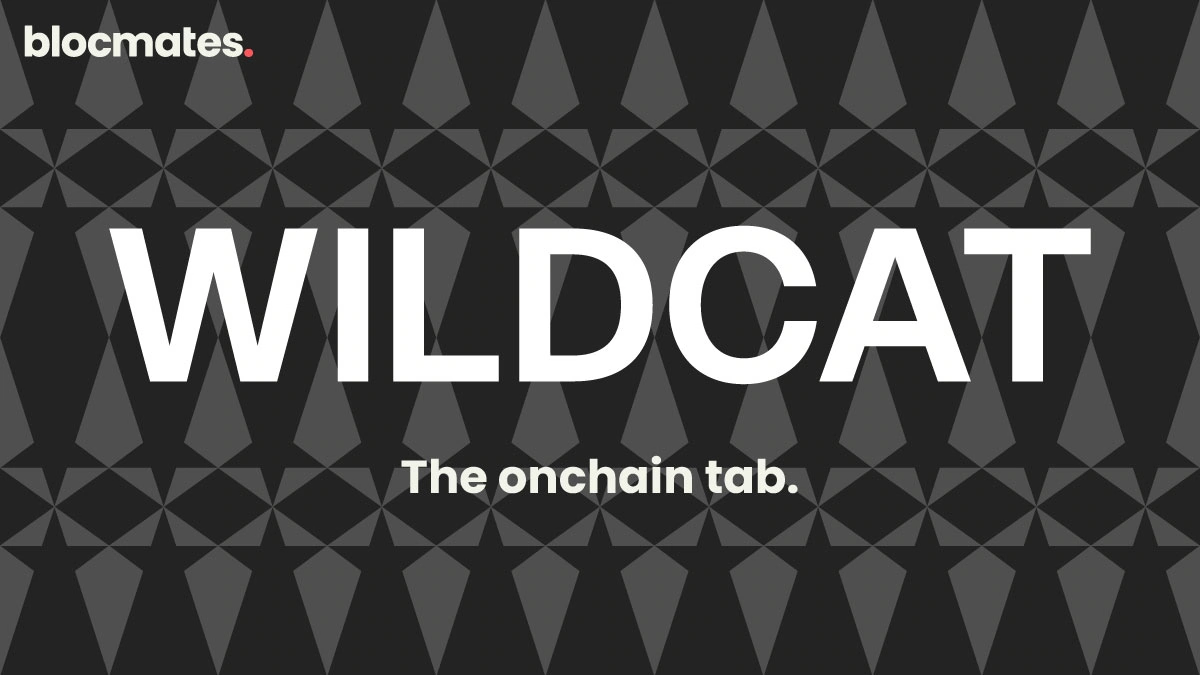
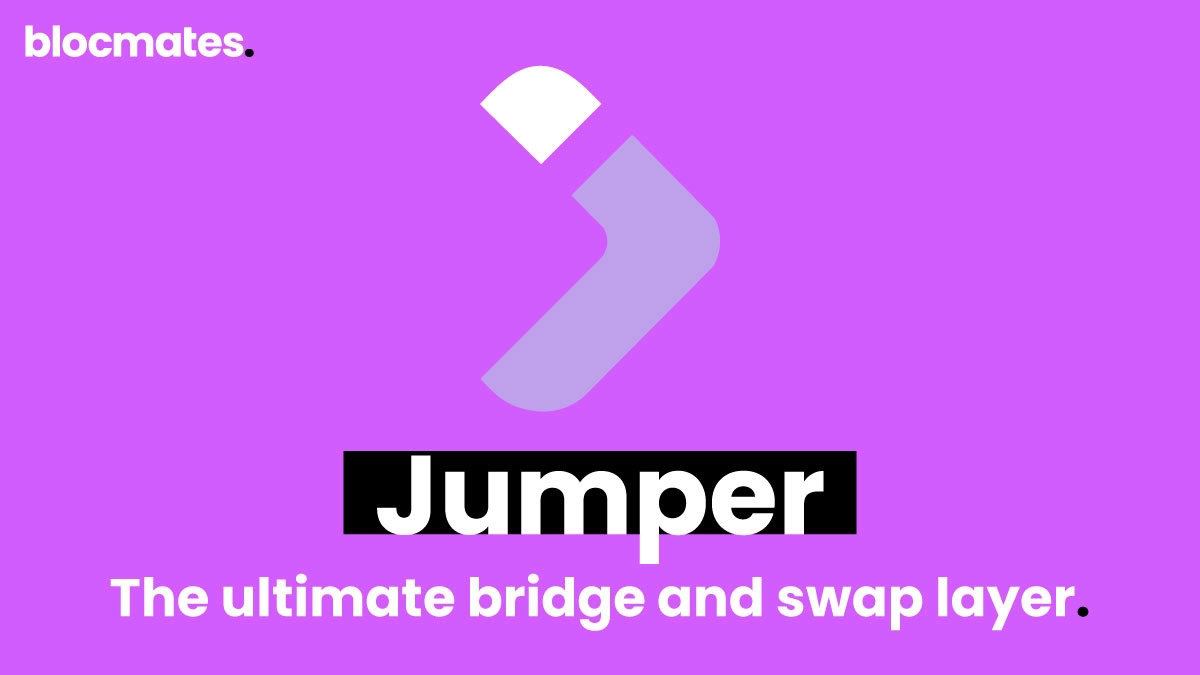
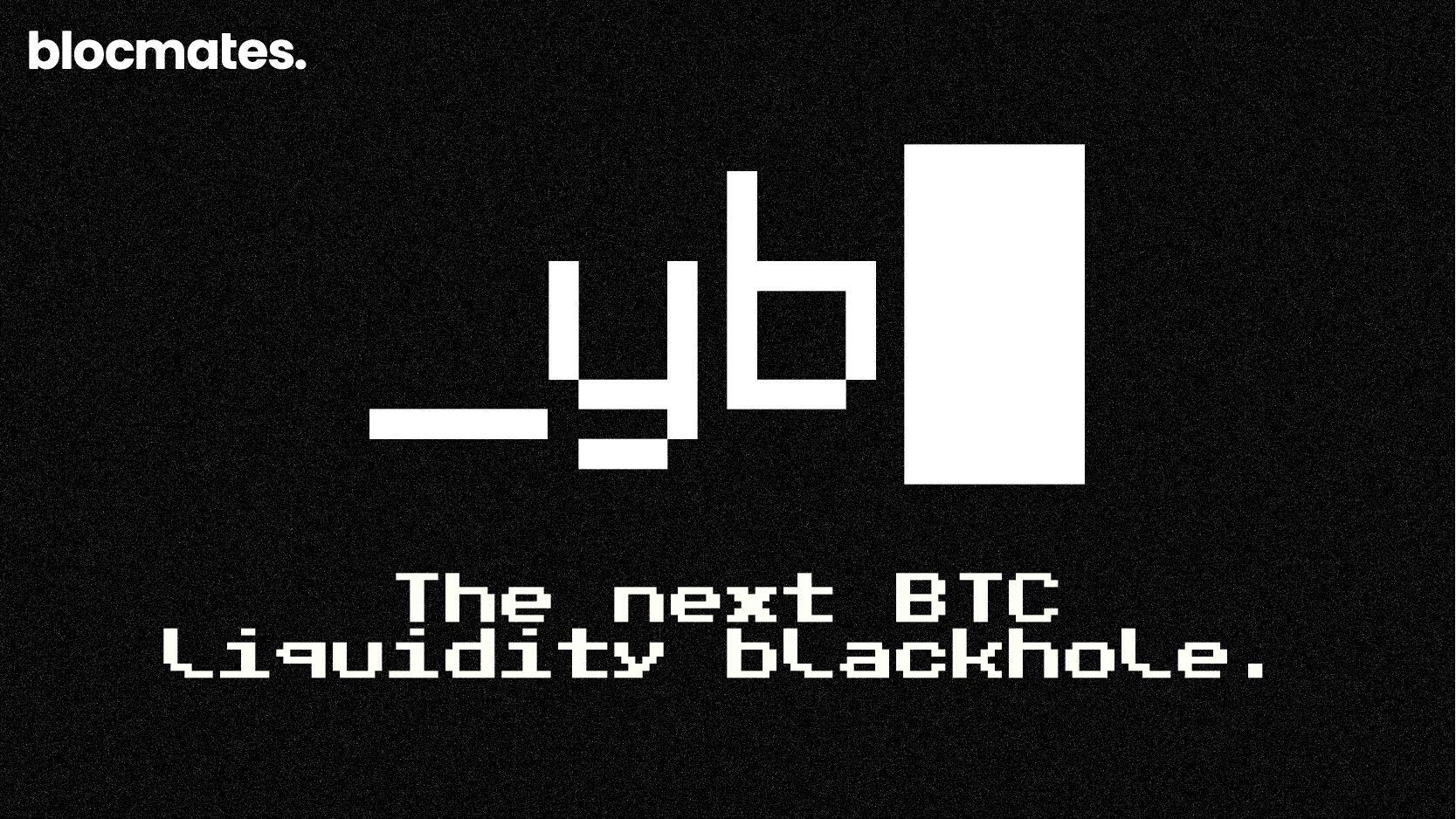
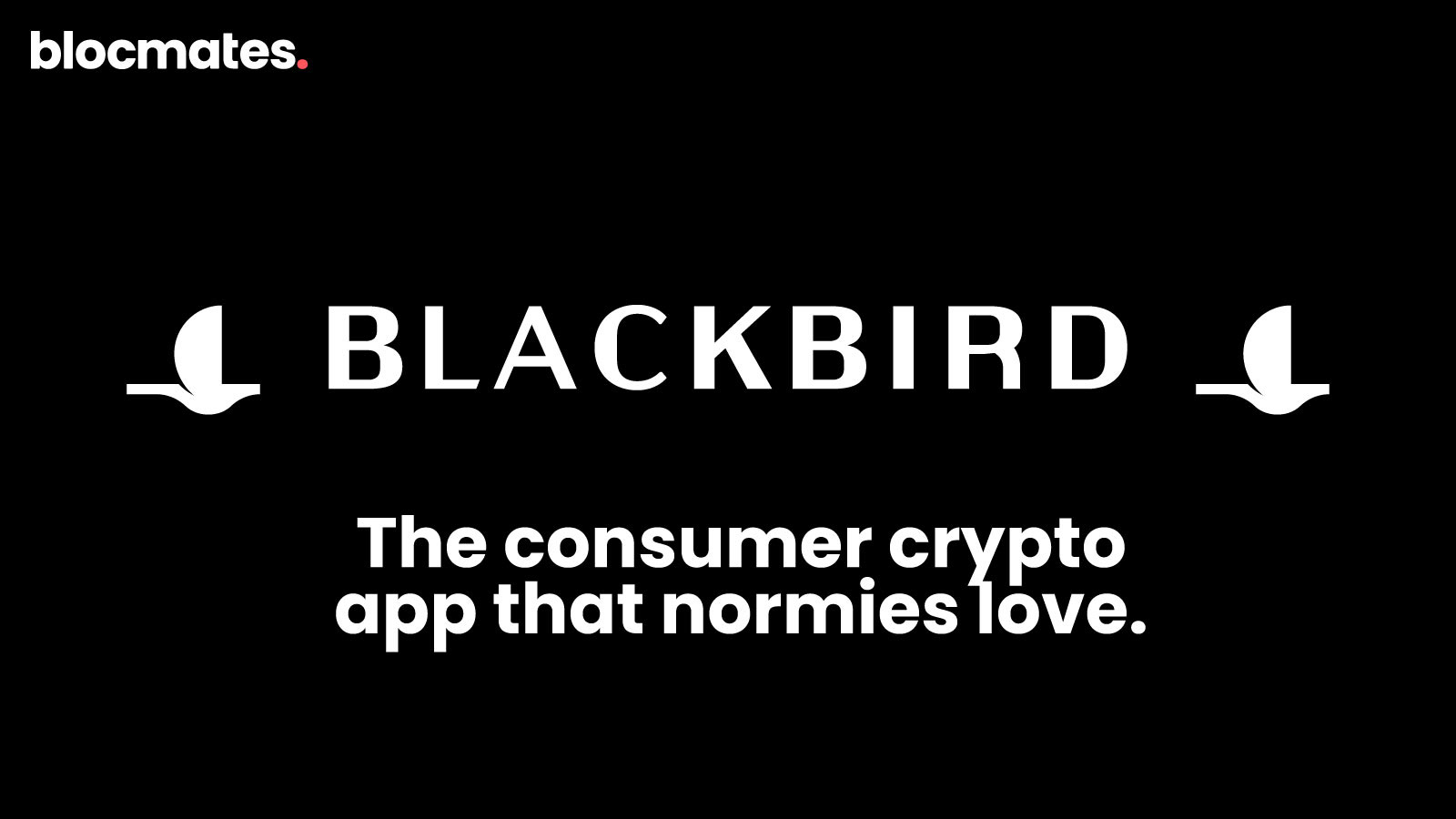
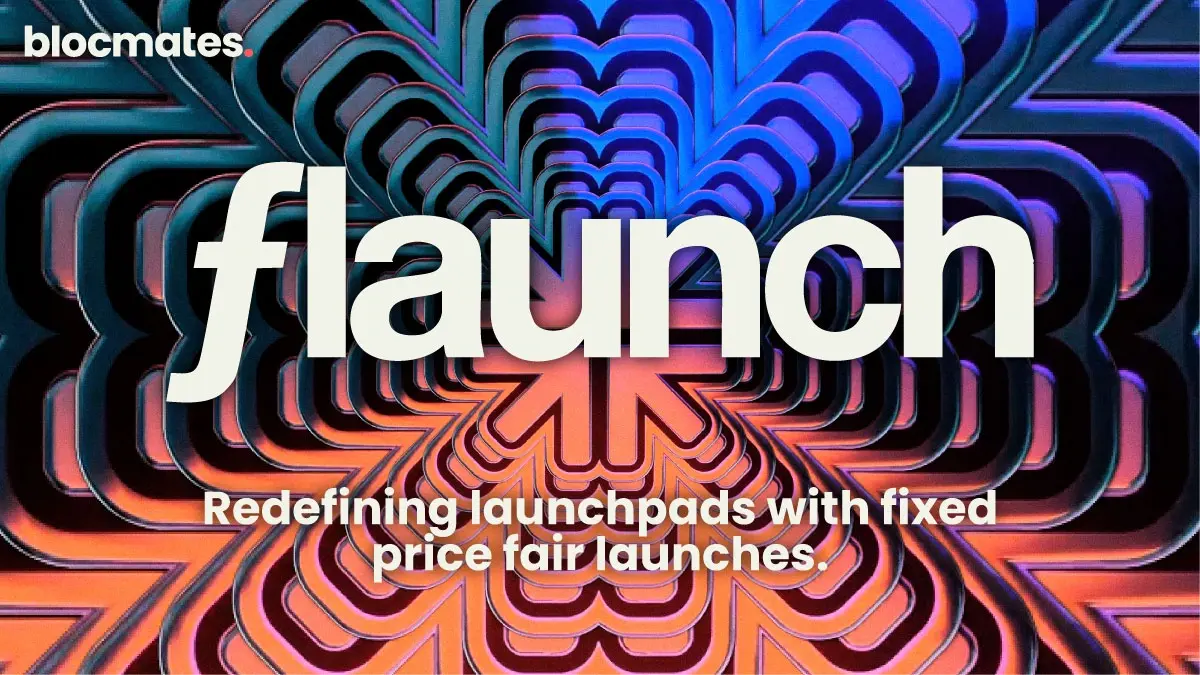

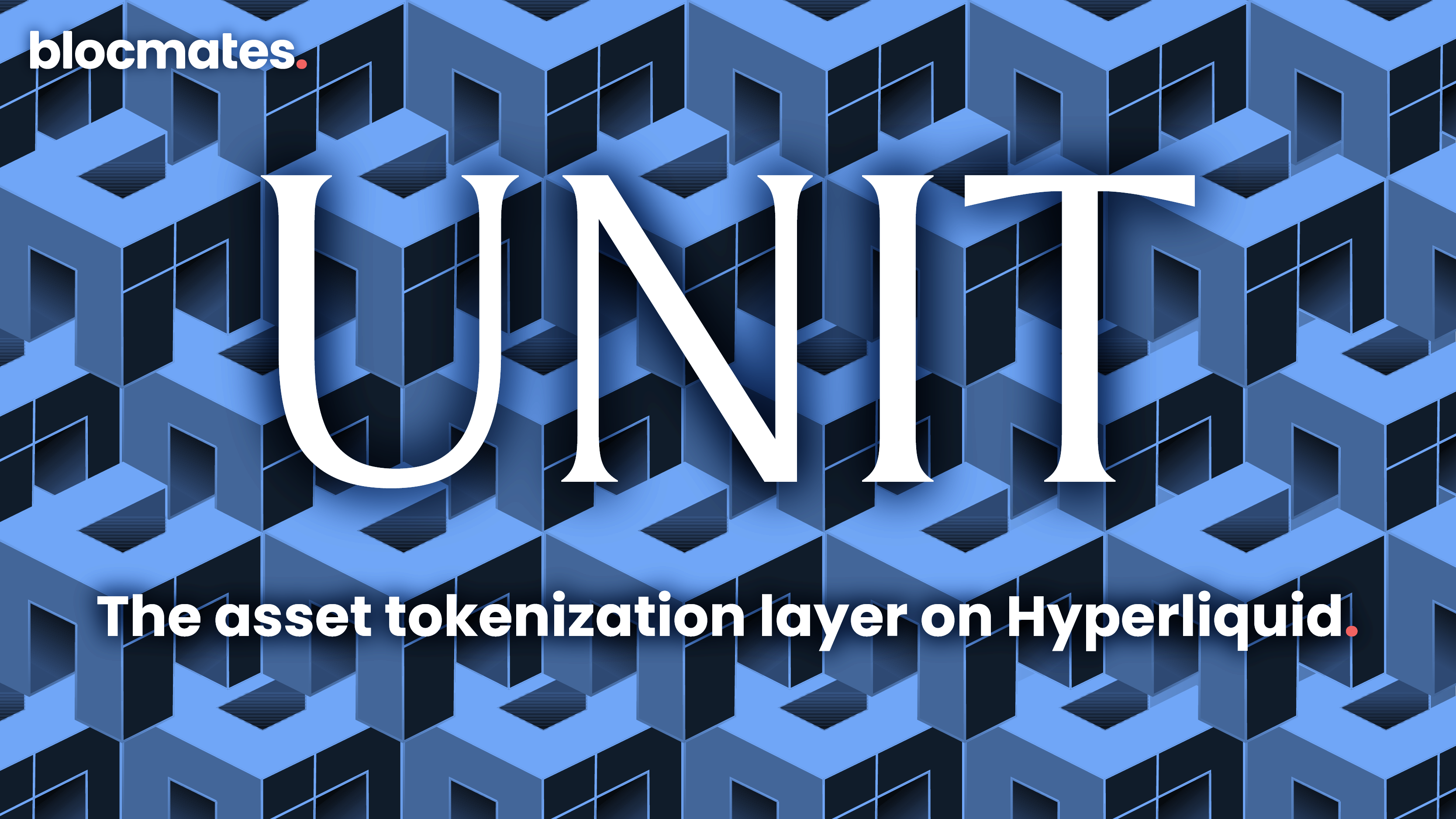




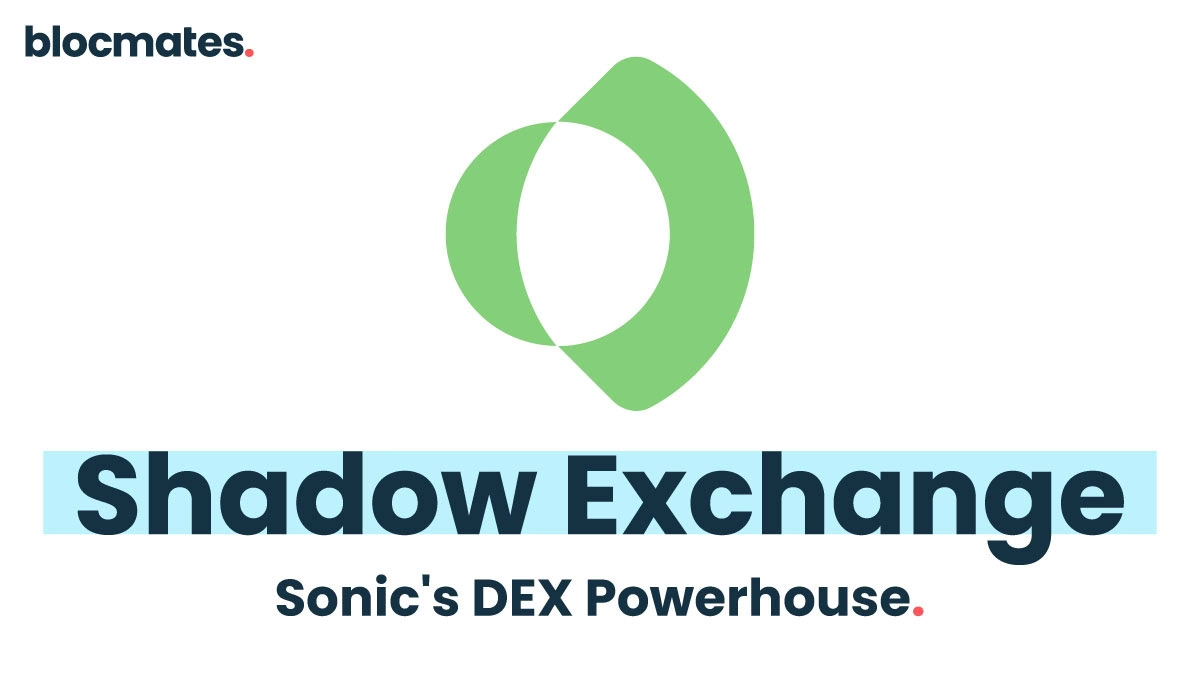


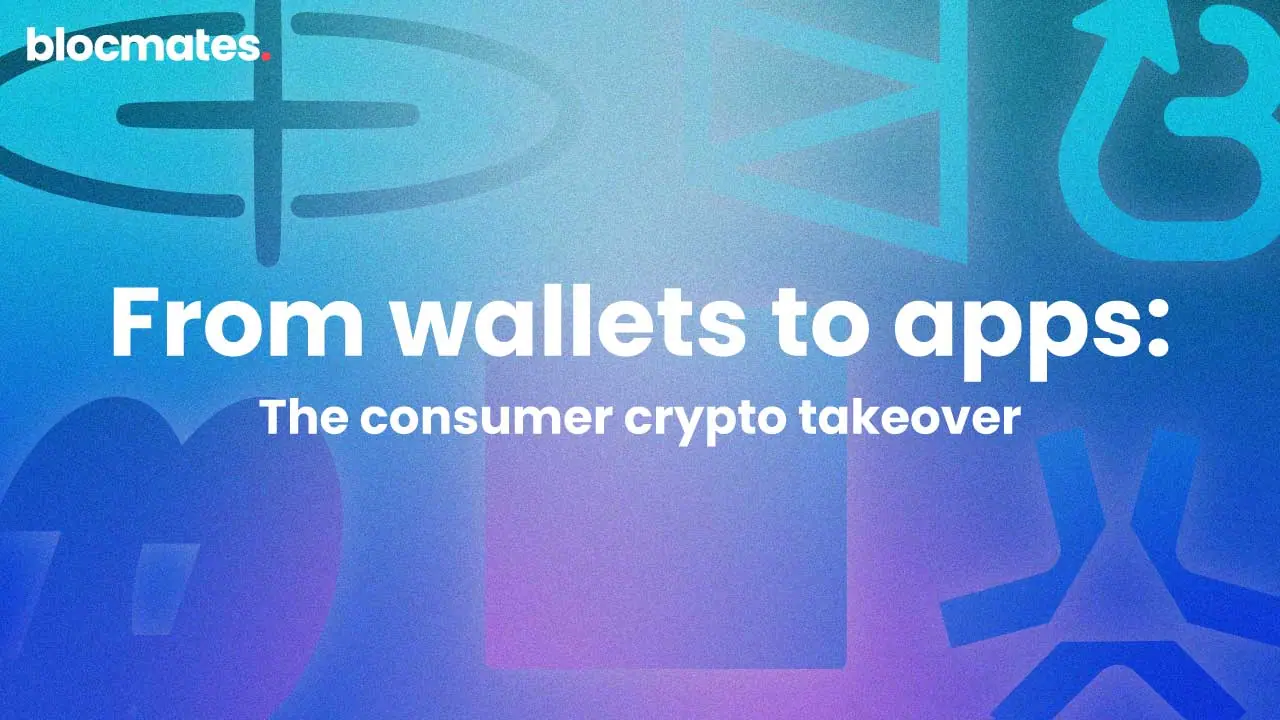




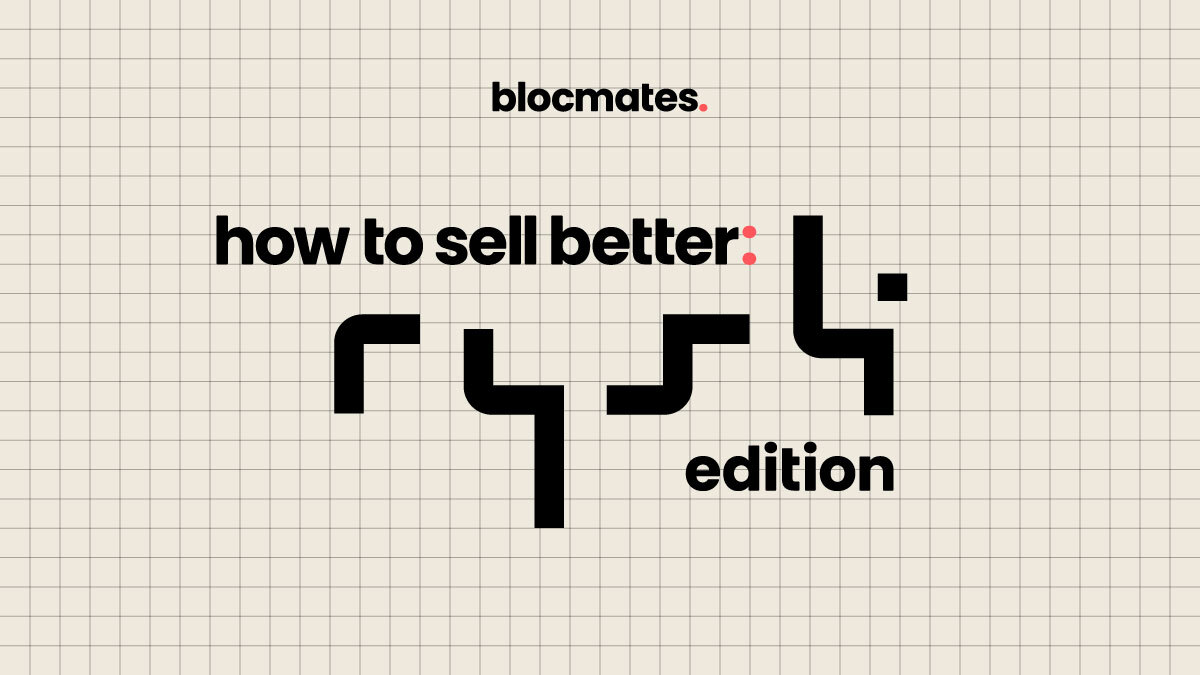























%202.webp)


.webp)

.webp)
.webp)
.webp)



.webp)

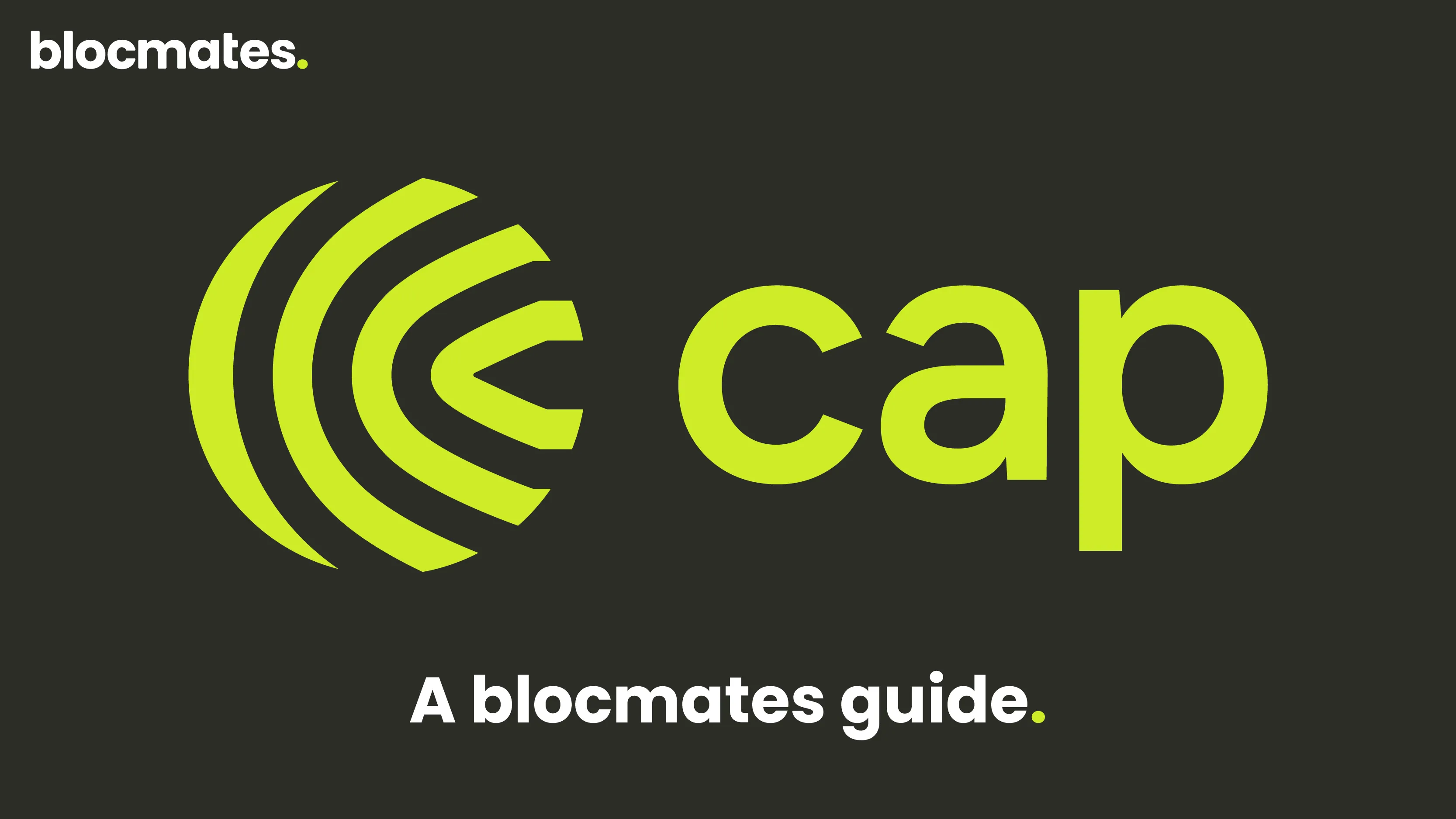










%20the%20Next%20Big%20Unlock%20in%20AI.webp)




.webp)
.webp)

.webp)
.webp)
.webp)


.webp)
.webp)










.webp)


.webp)









.webp)







.webp)
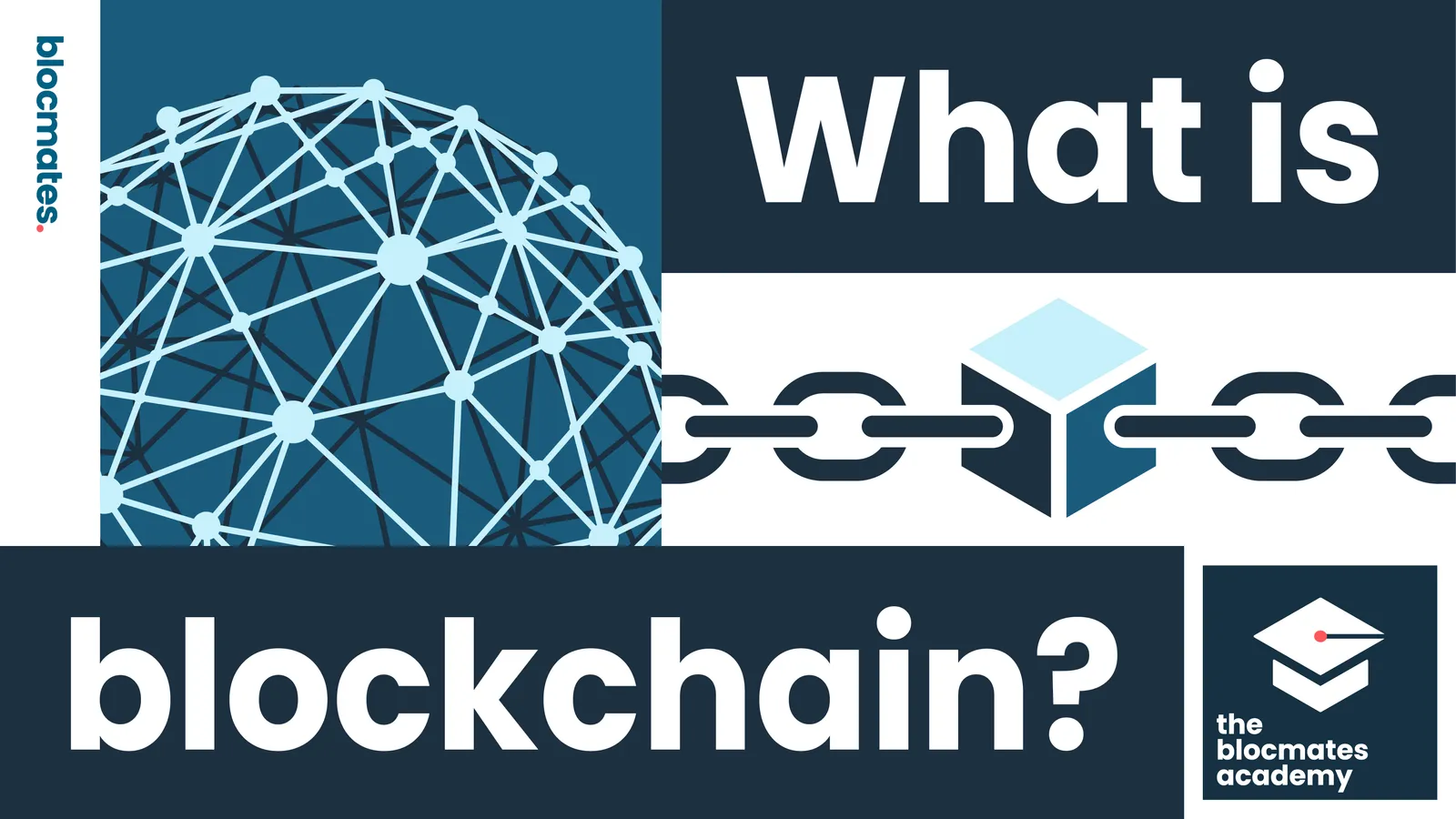



.webp)






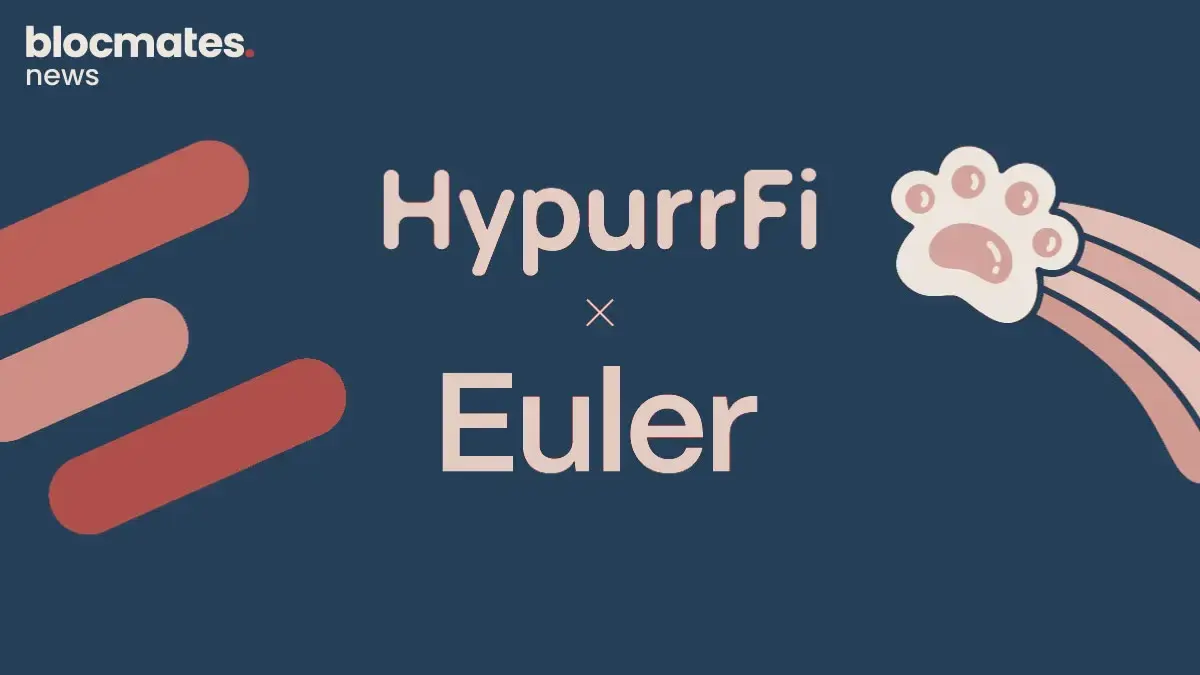









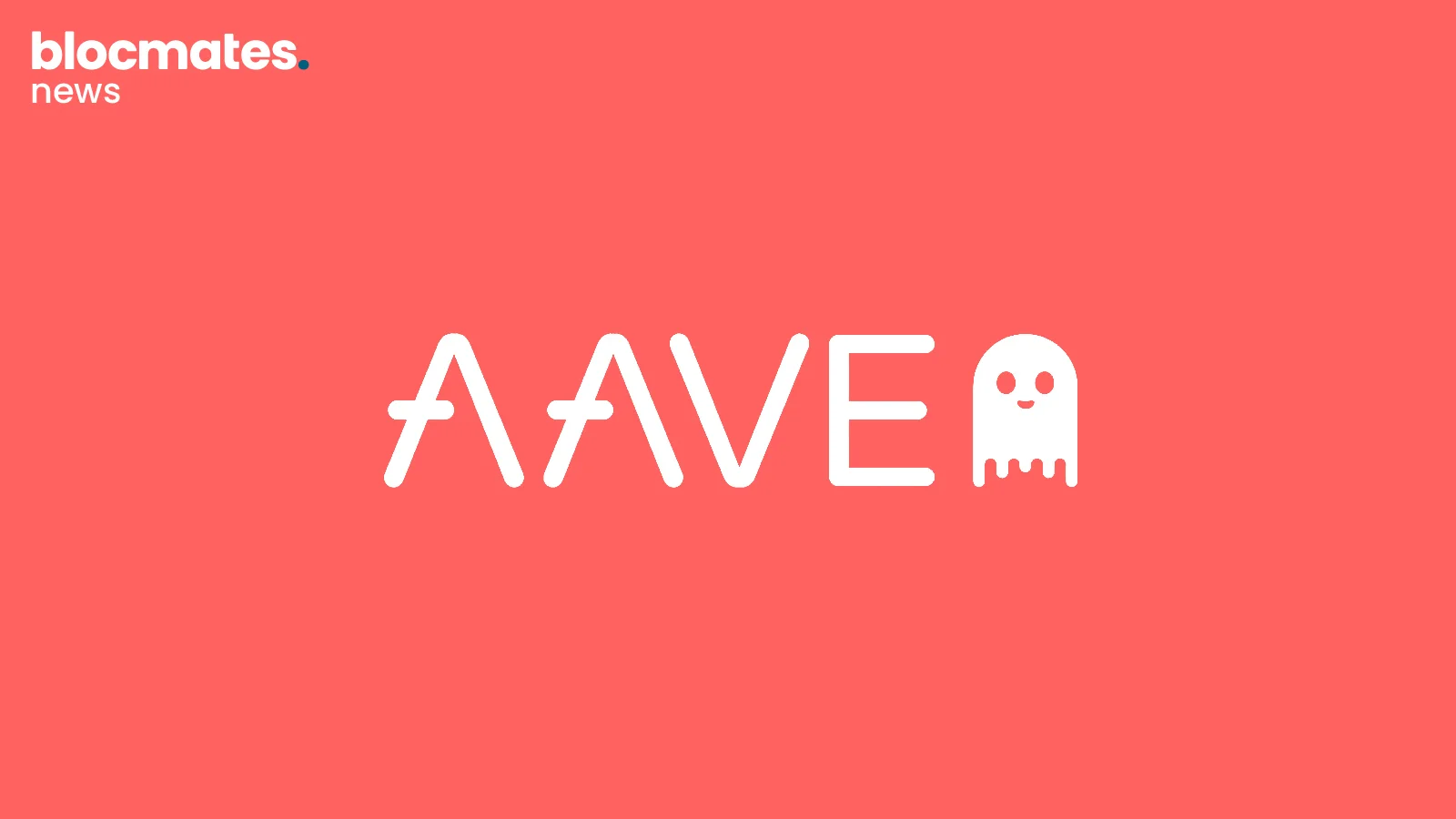
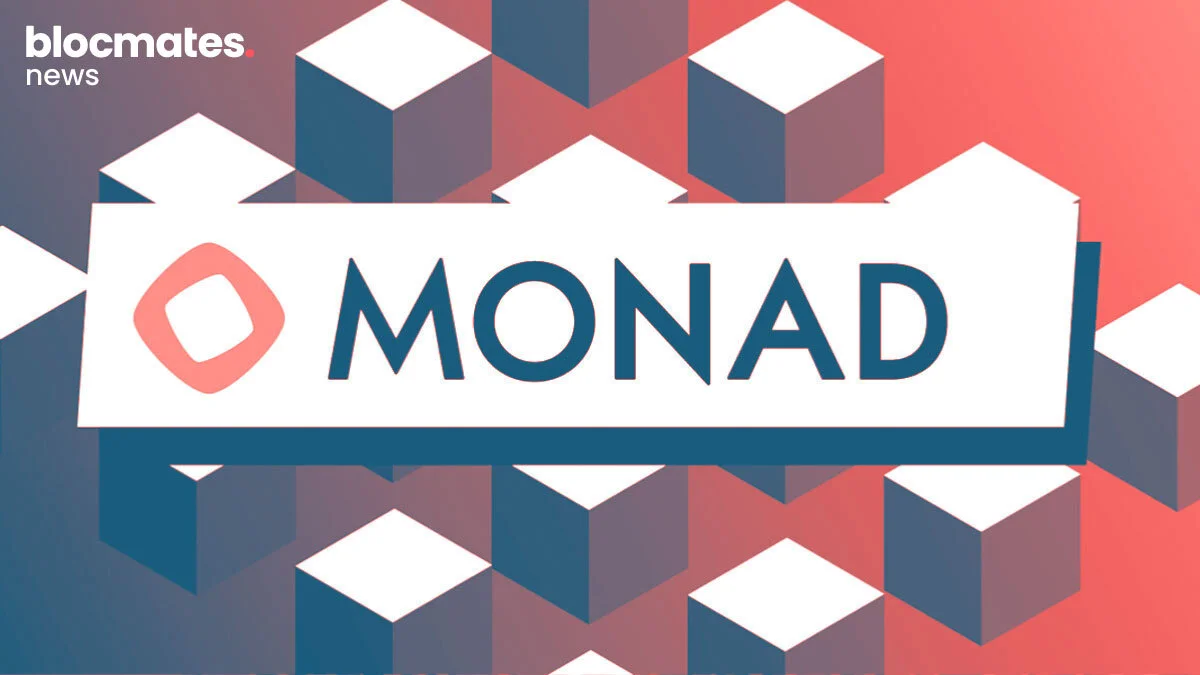
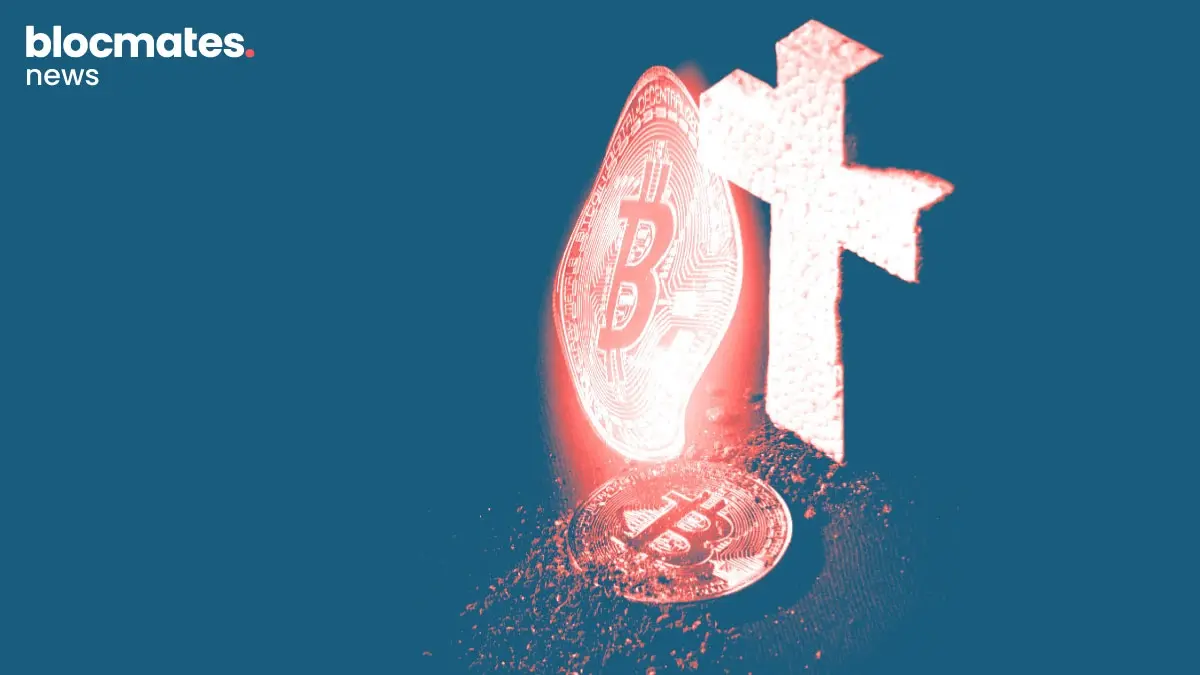







.webp)







.webp)


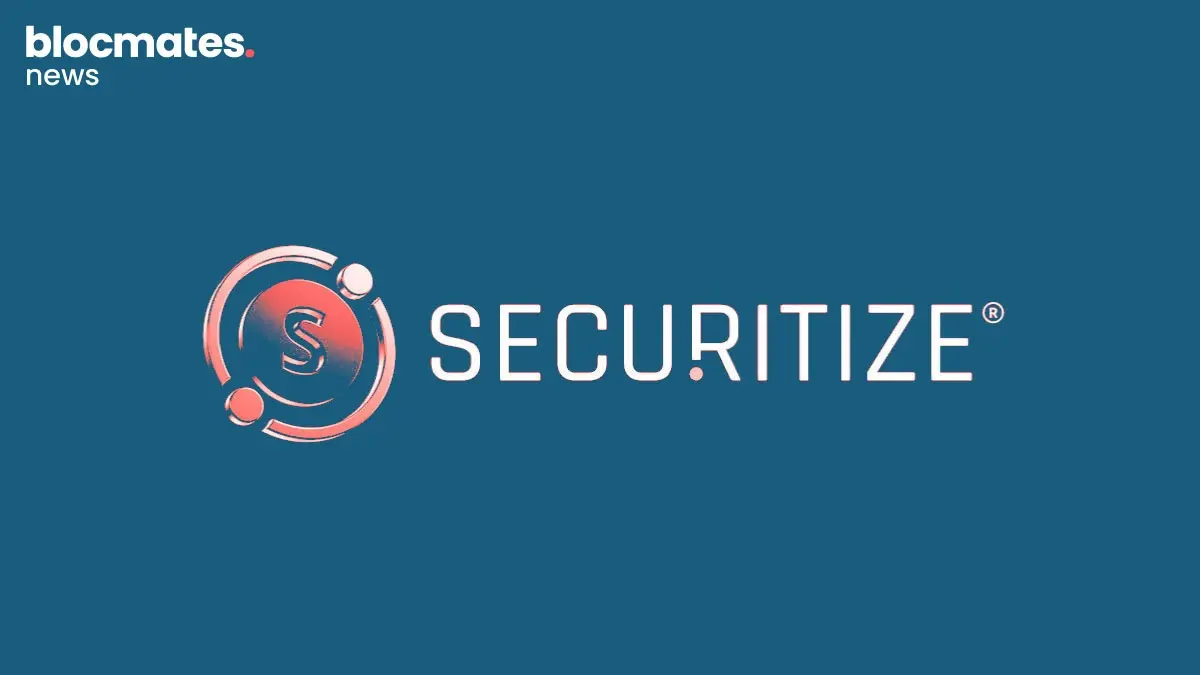

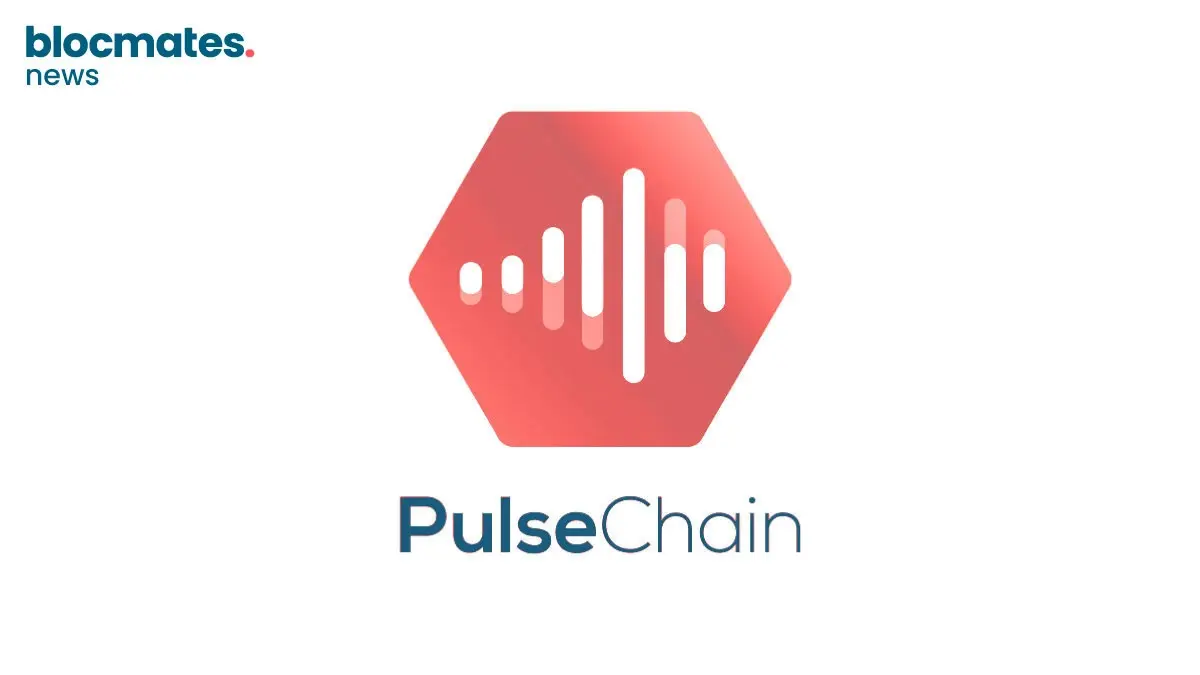
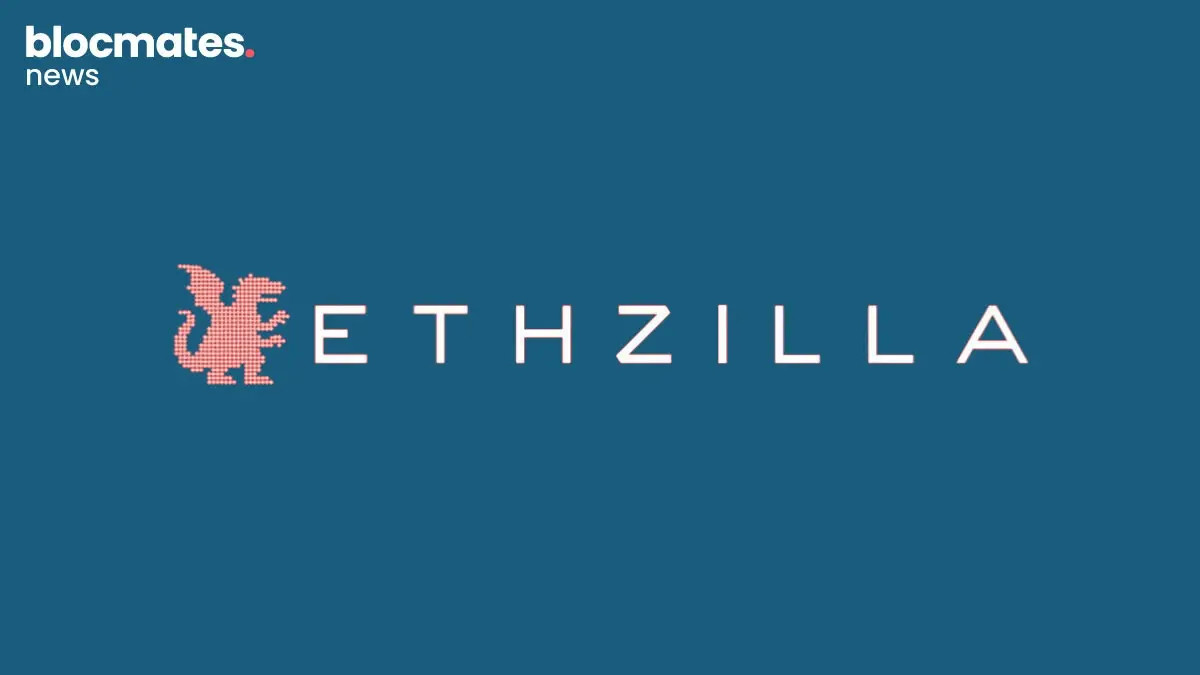
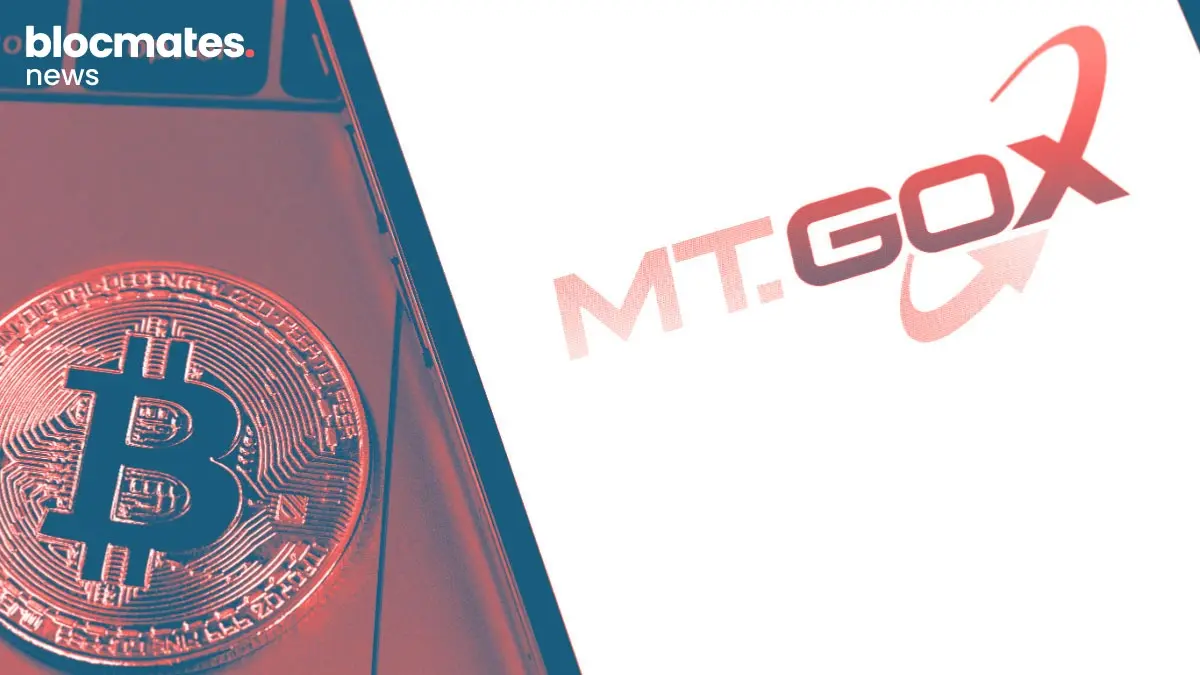
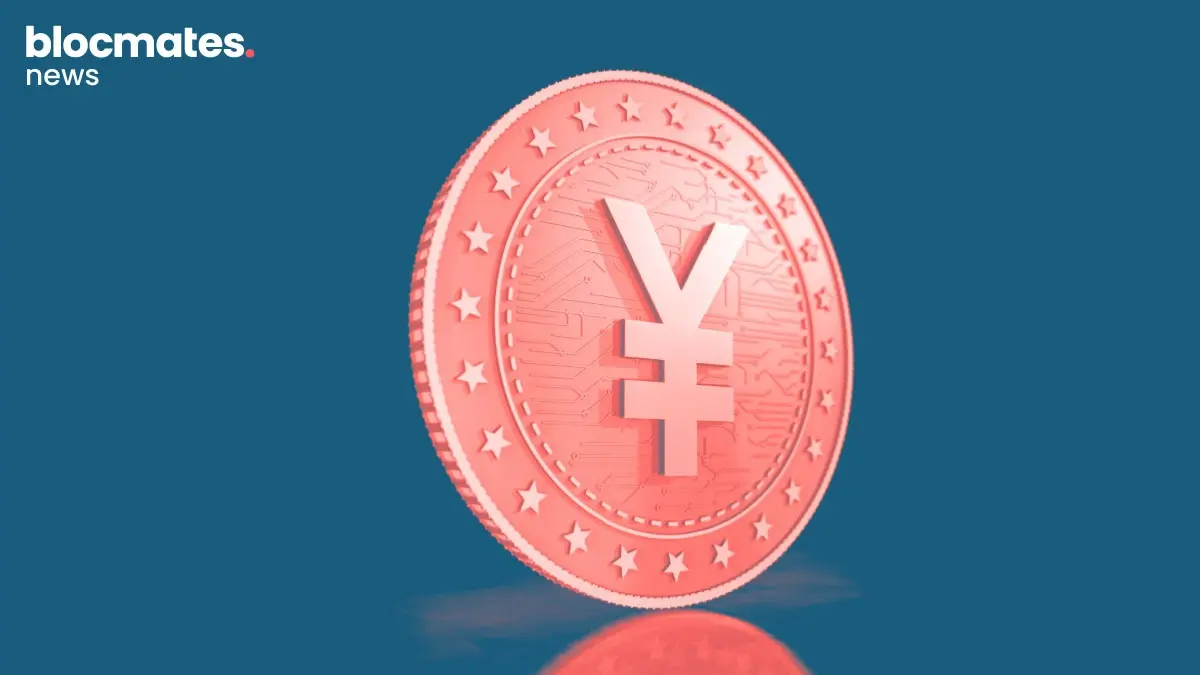



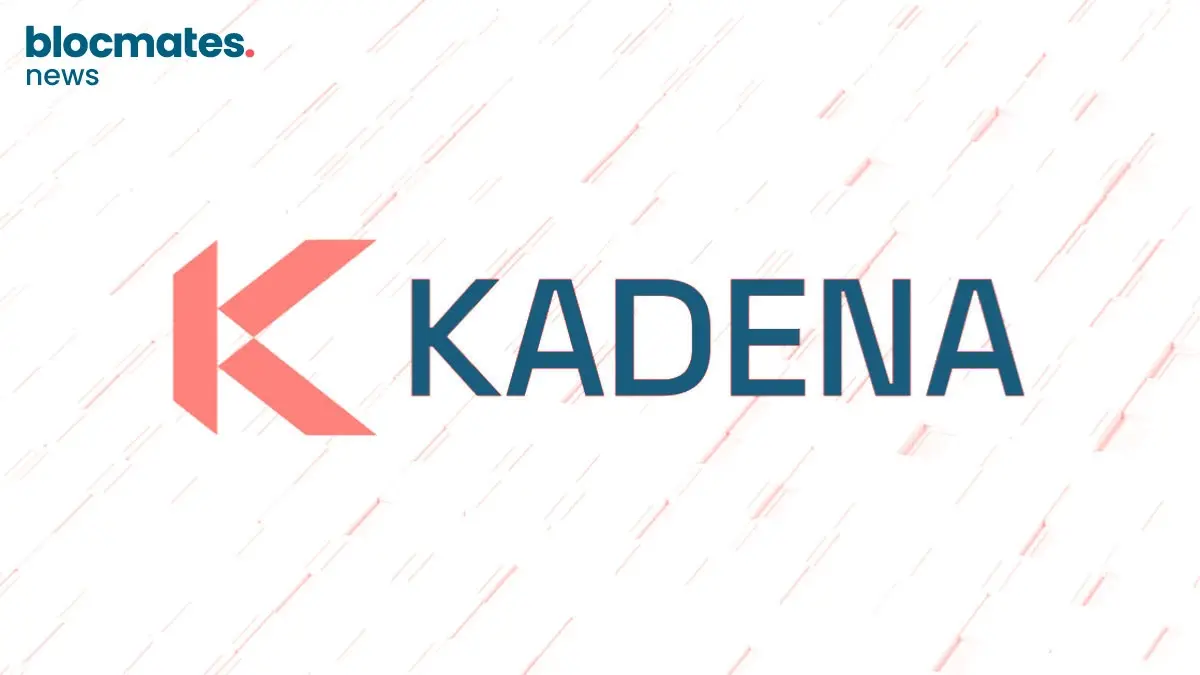

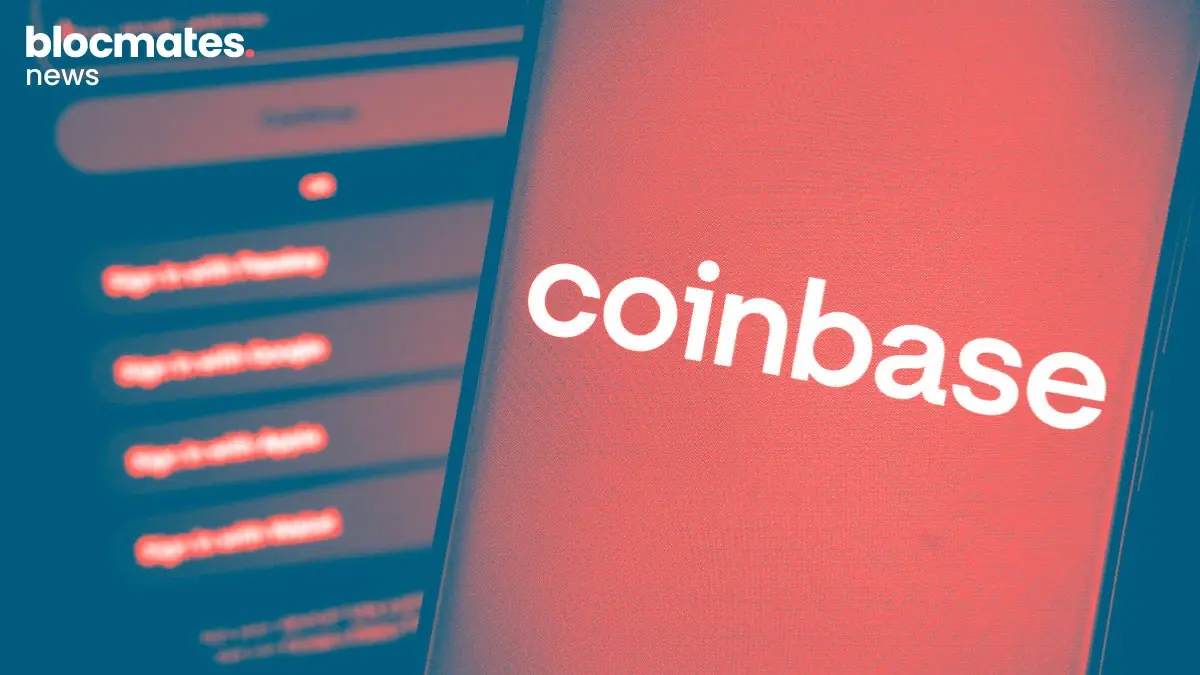
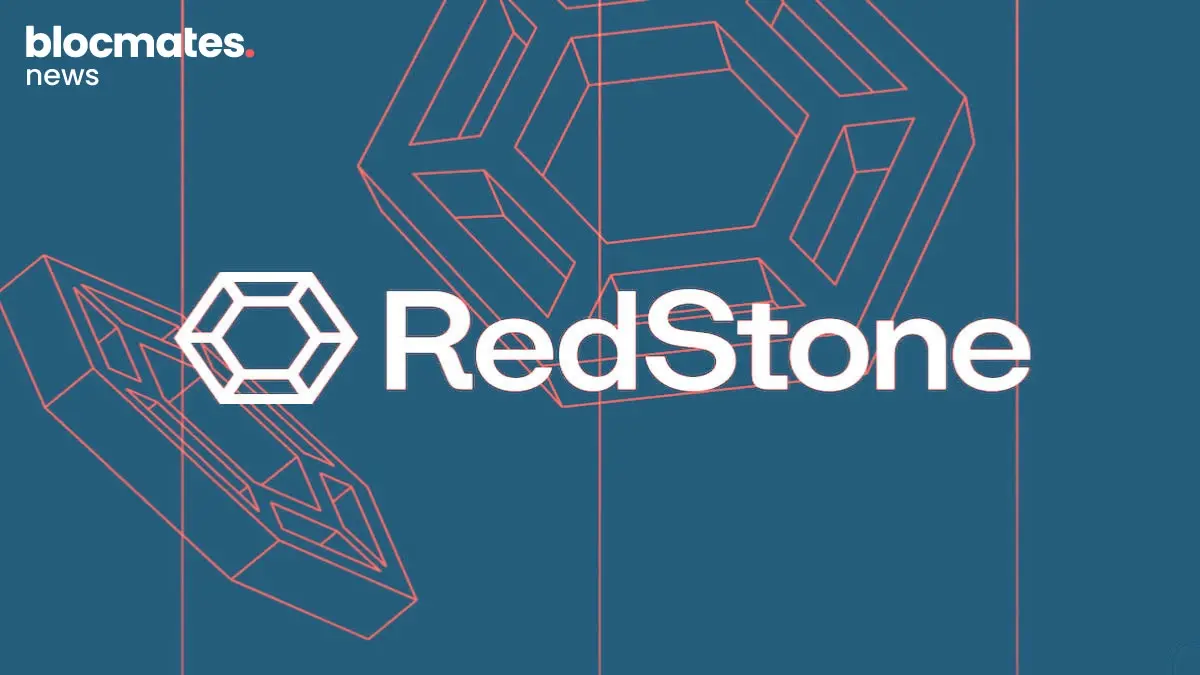
.webp)

.webp)
.webp)

.webp)


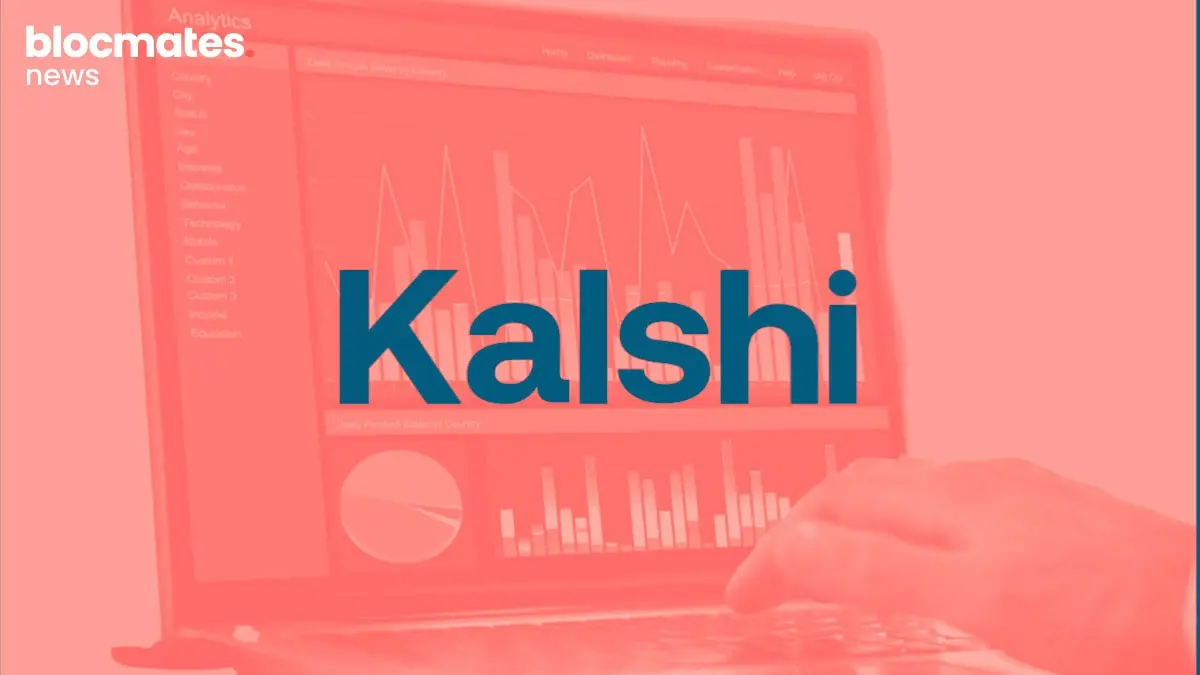








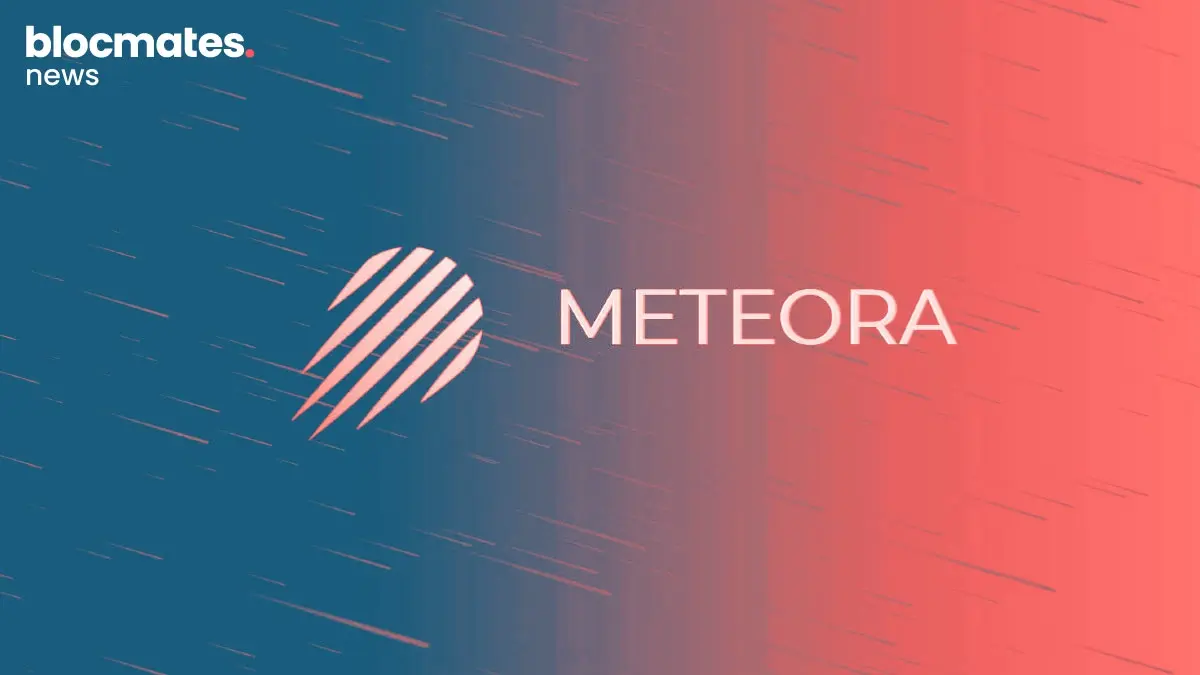


.webp)

.webp)

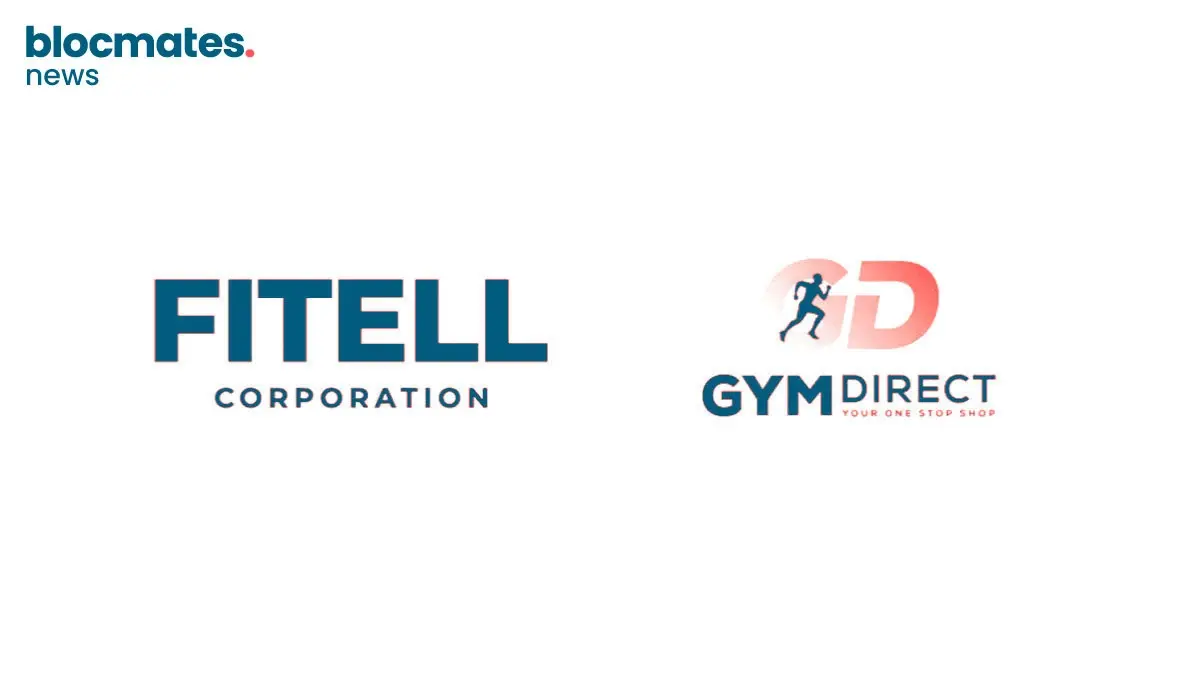
.webp)



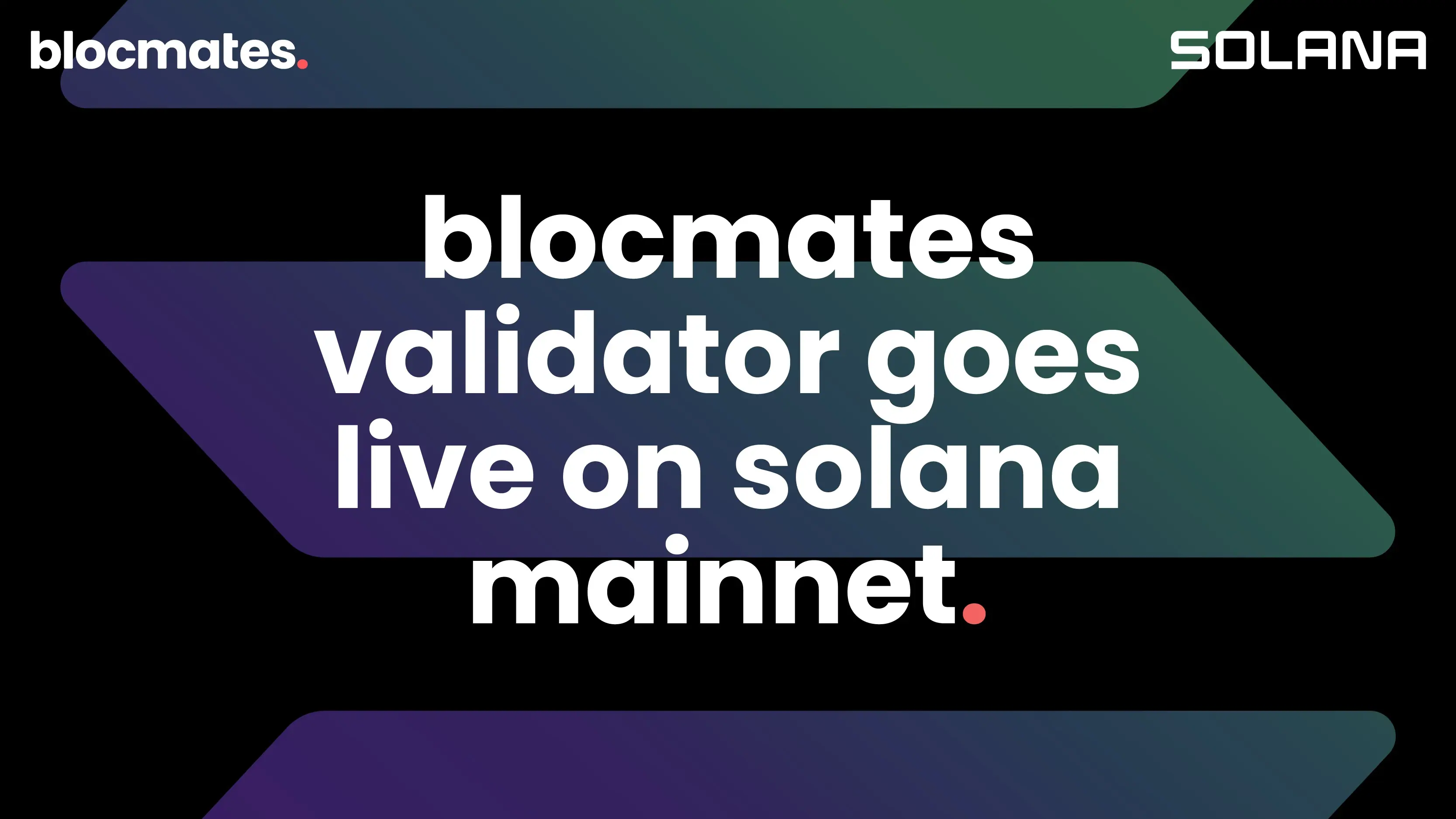
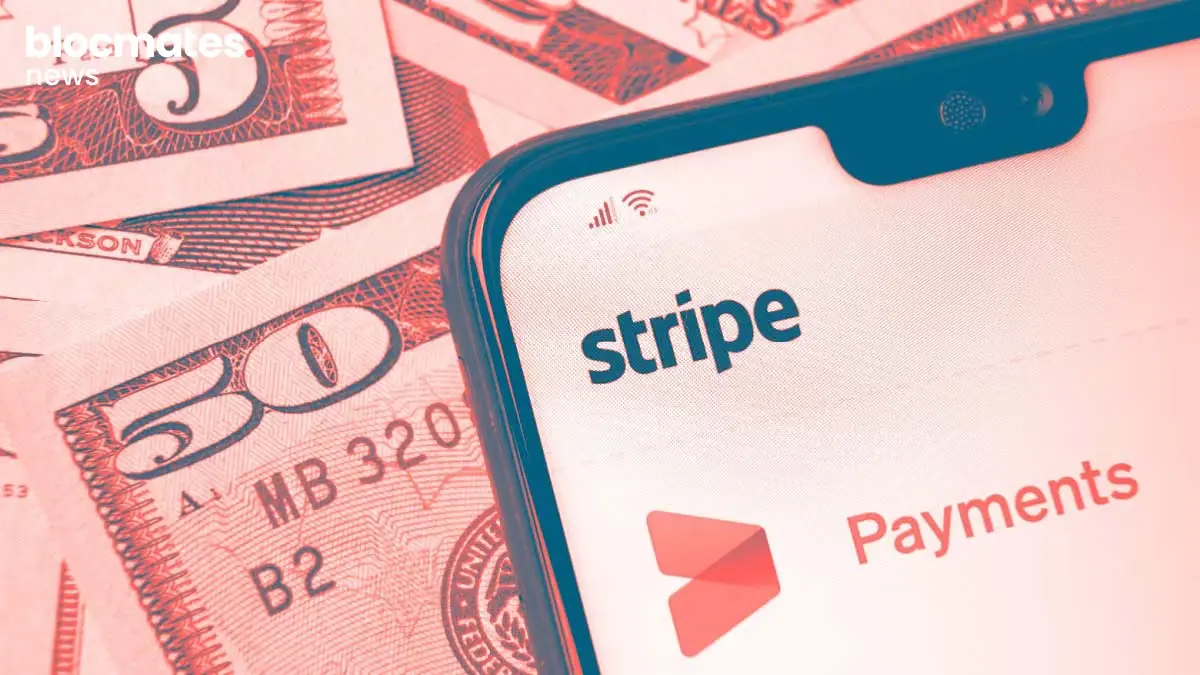



.webp)
